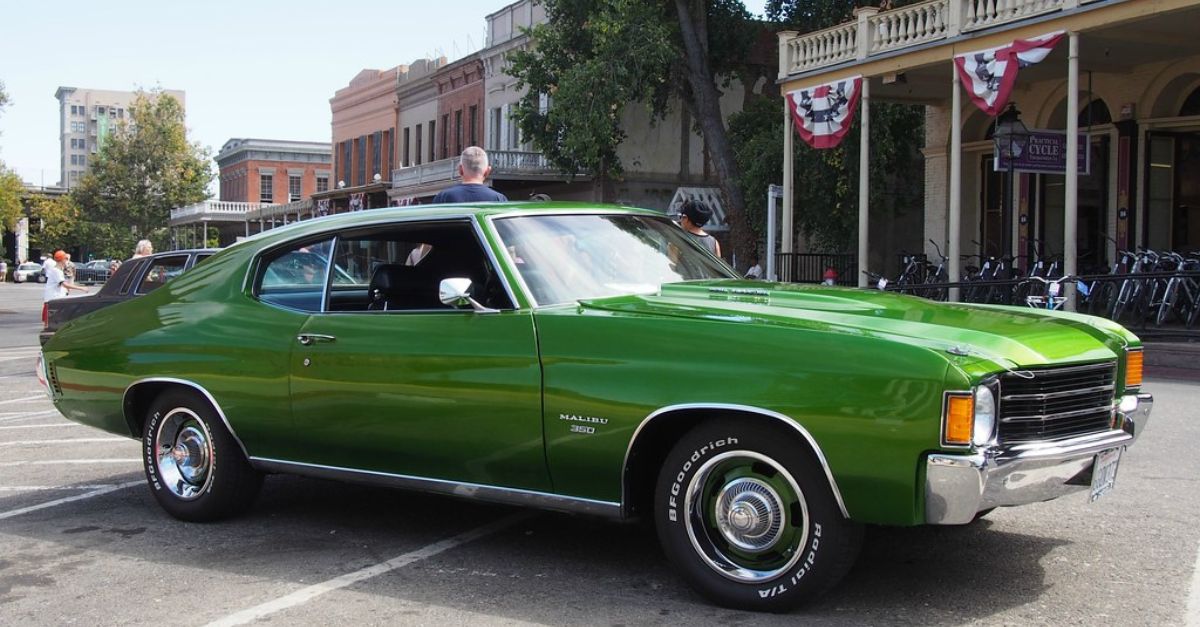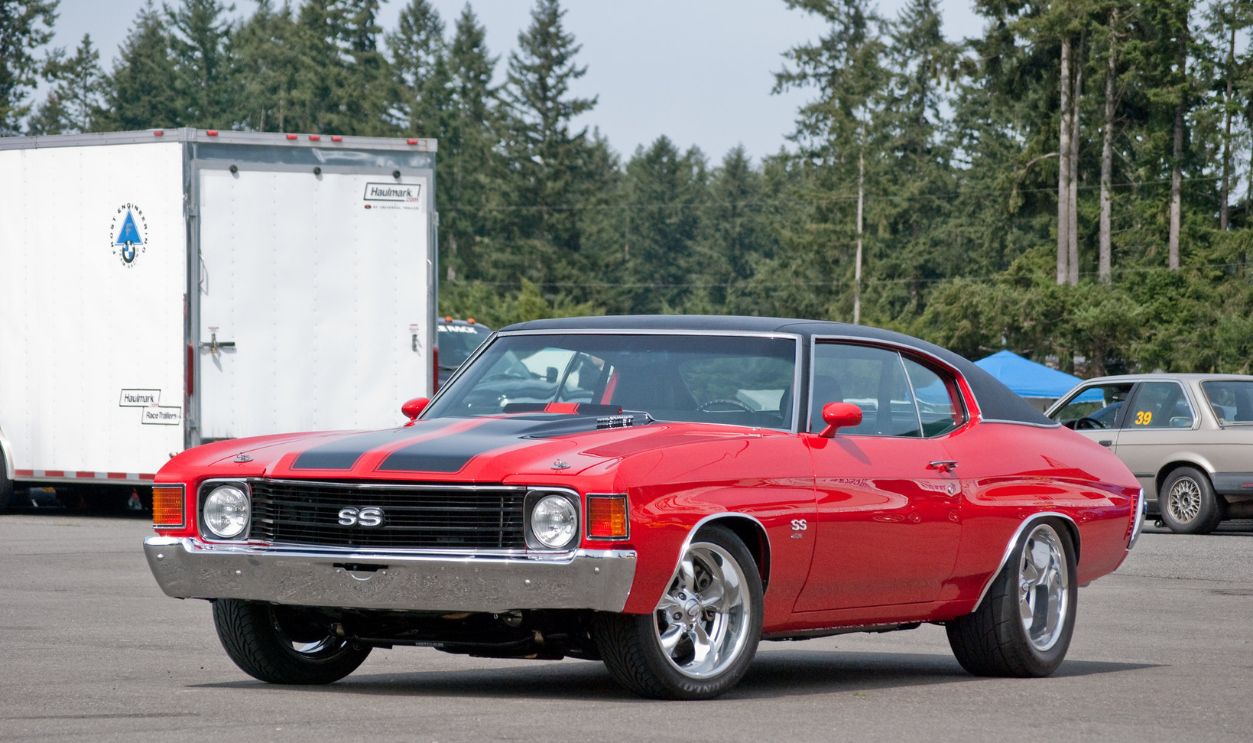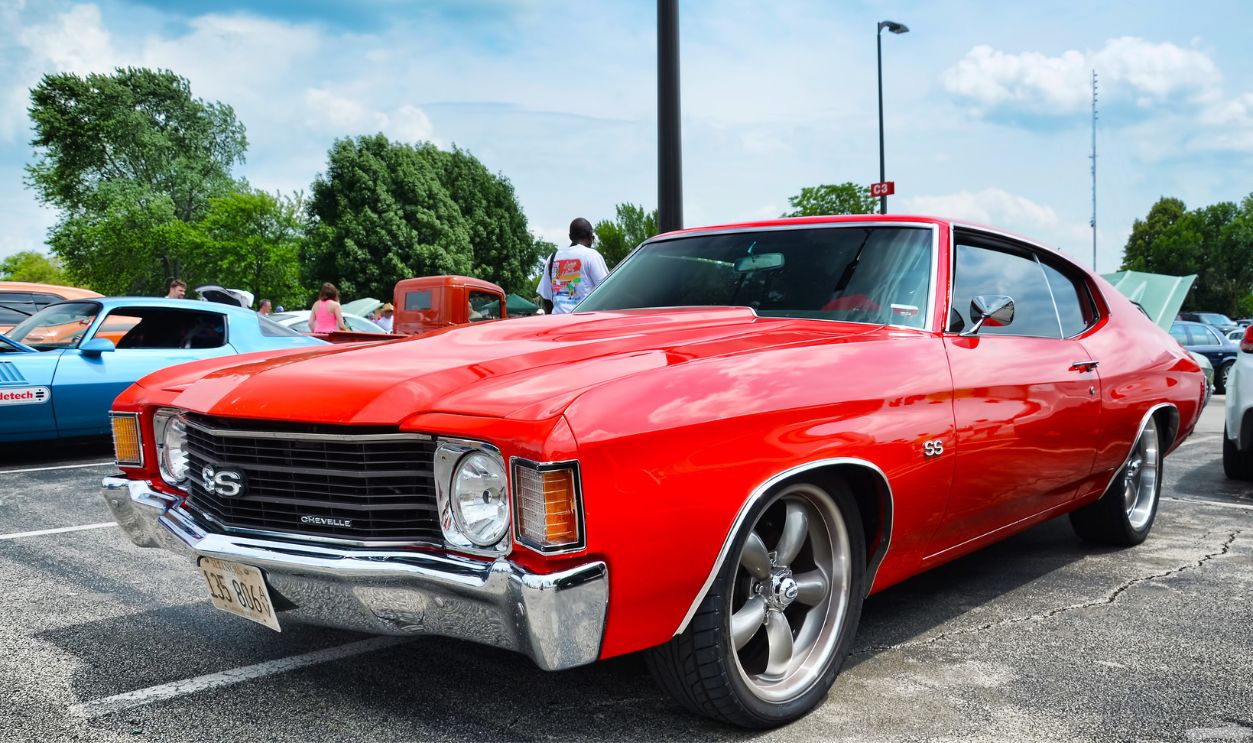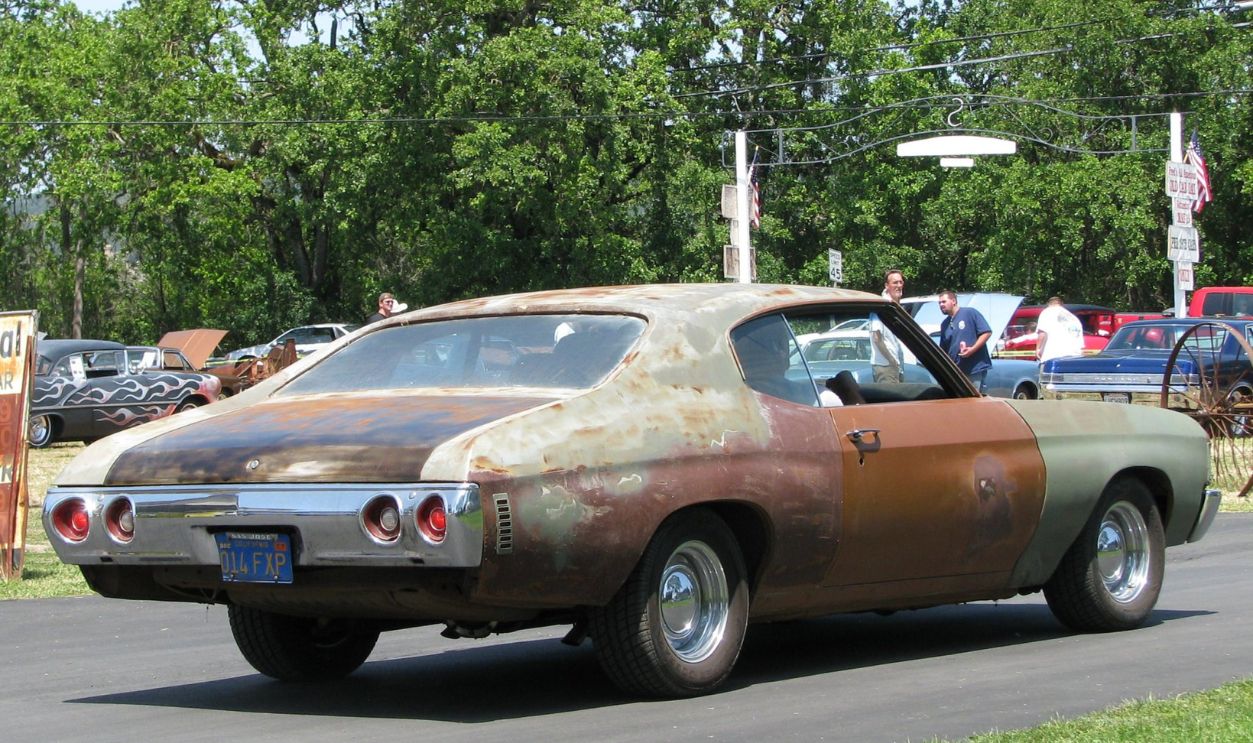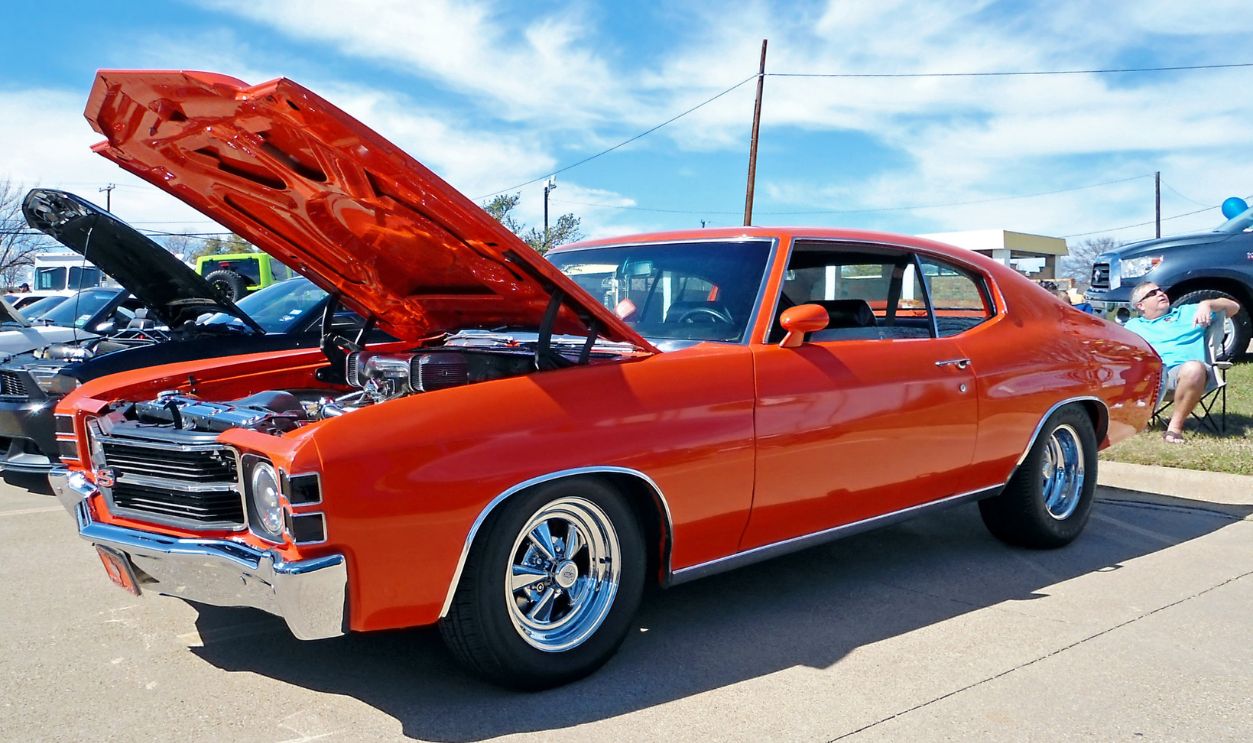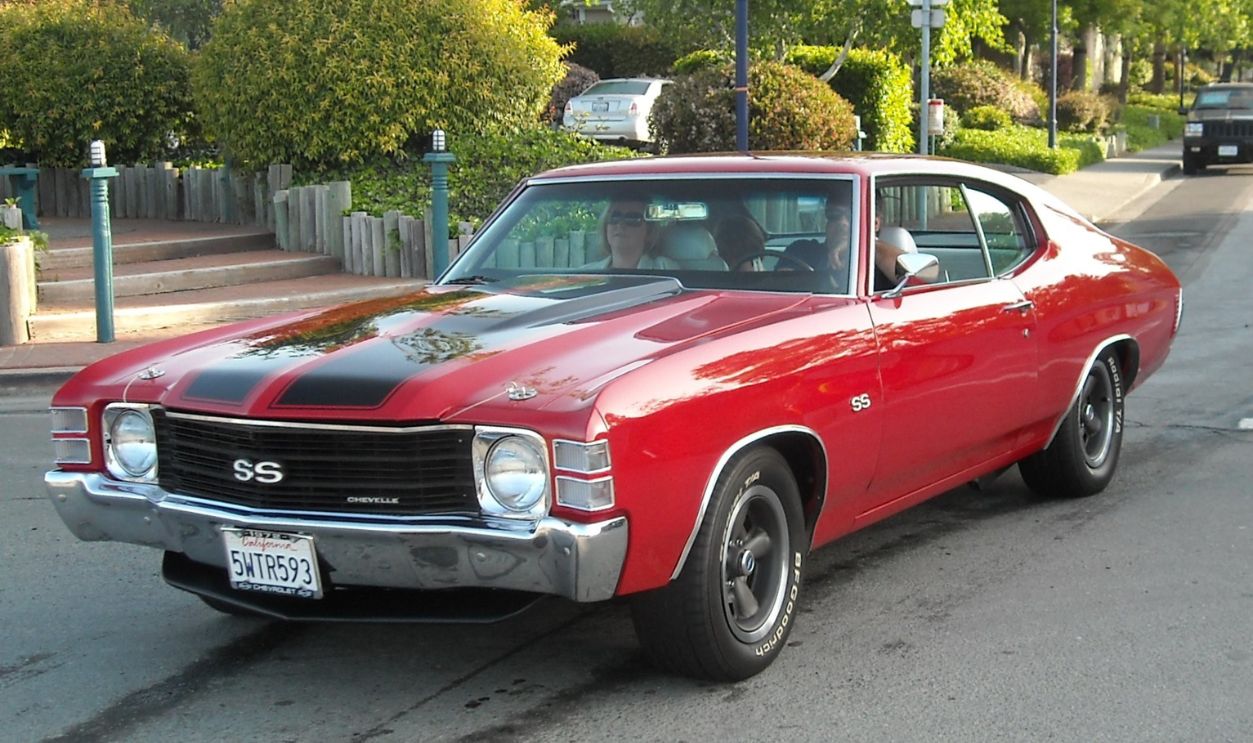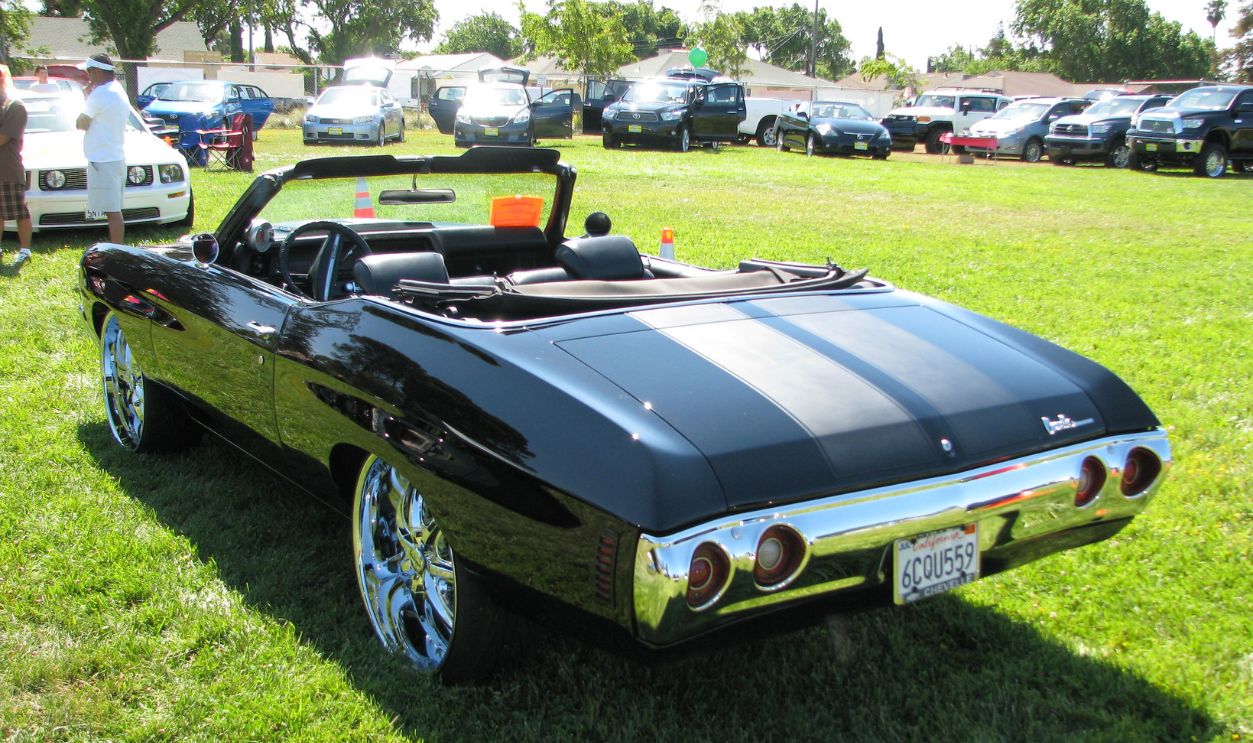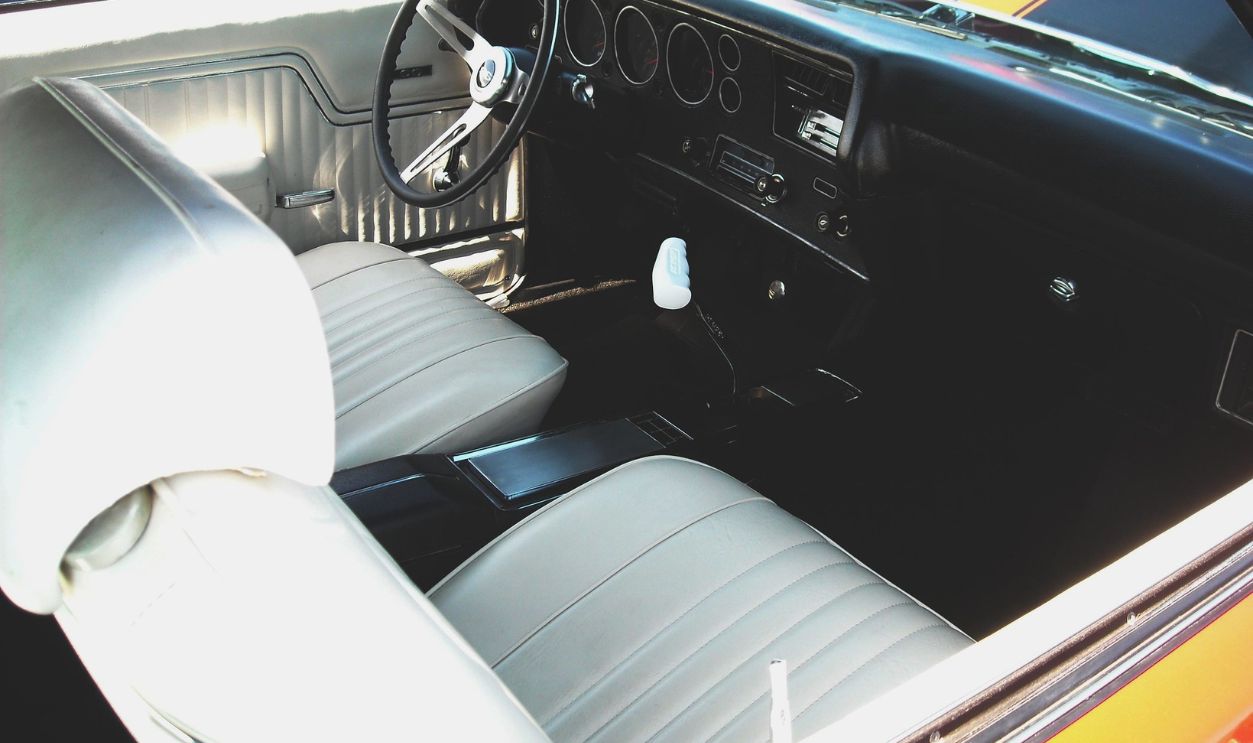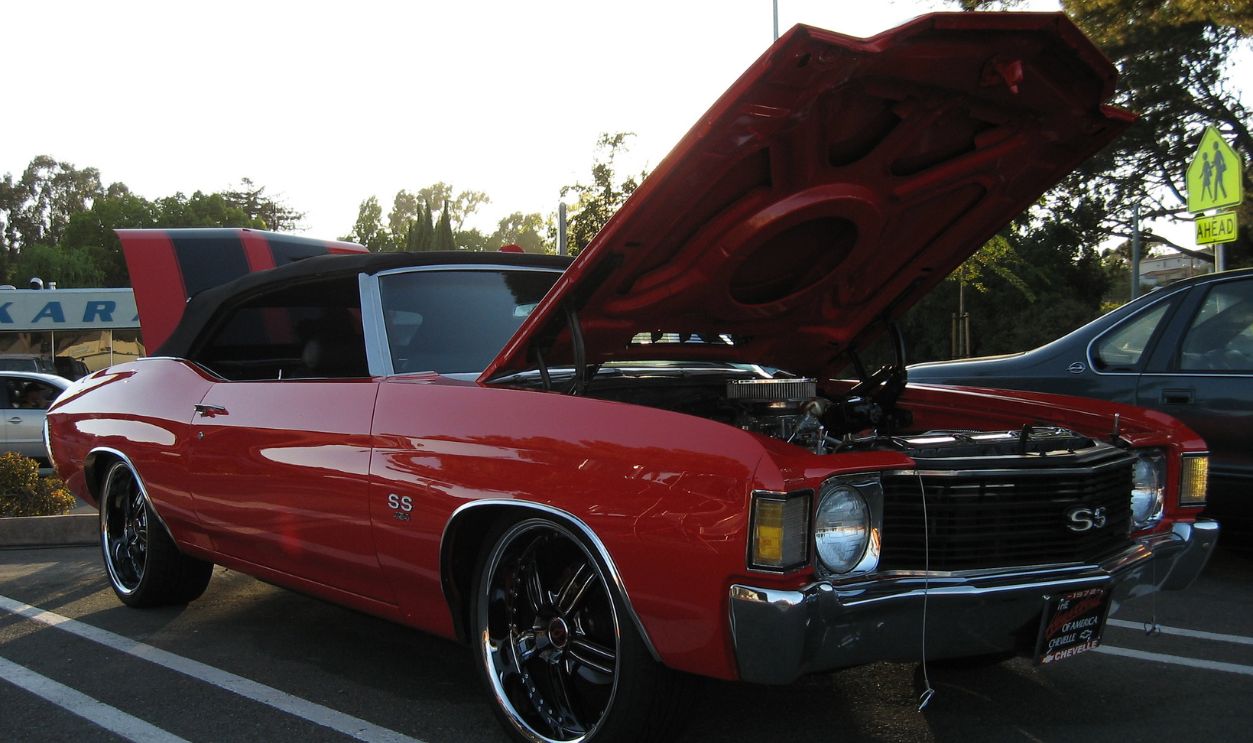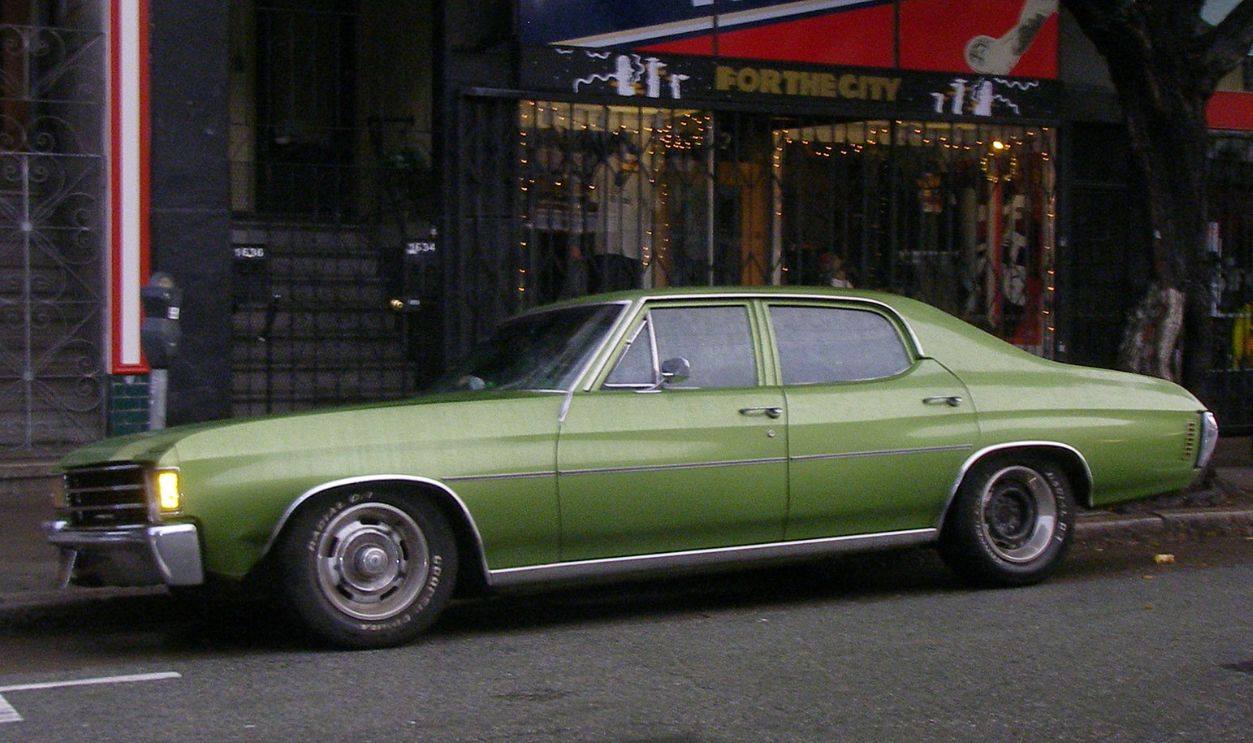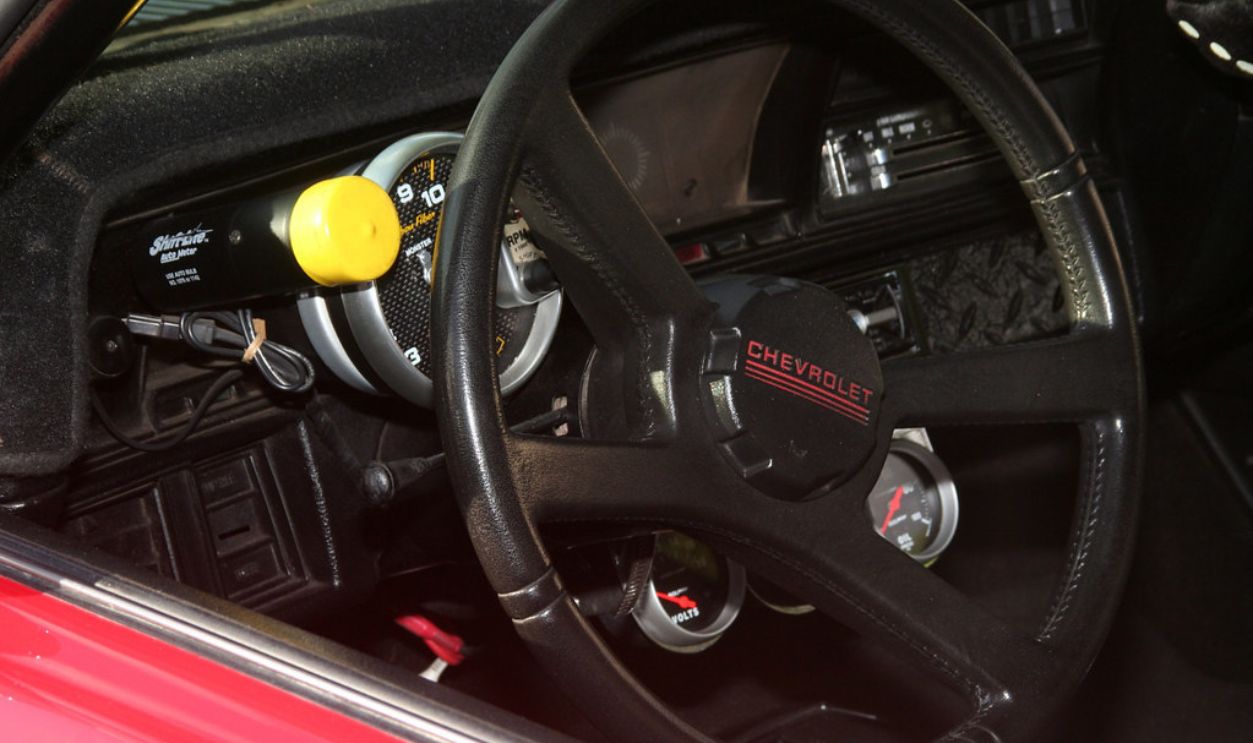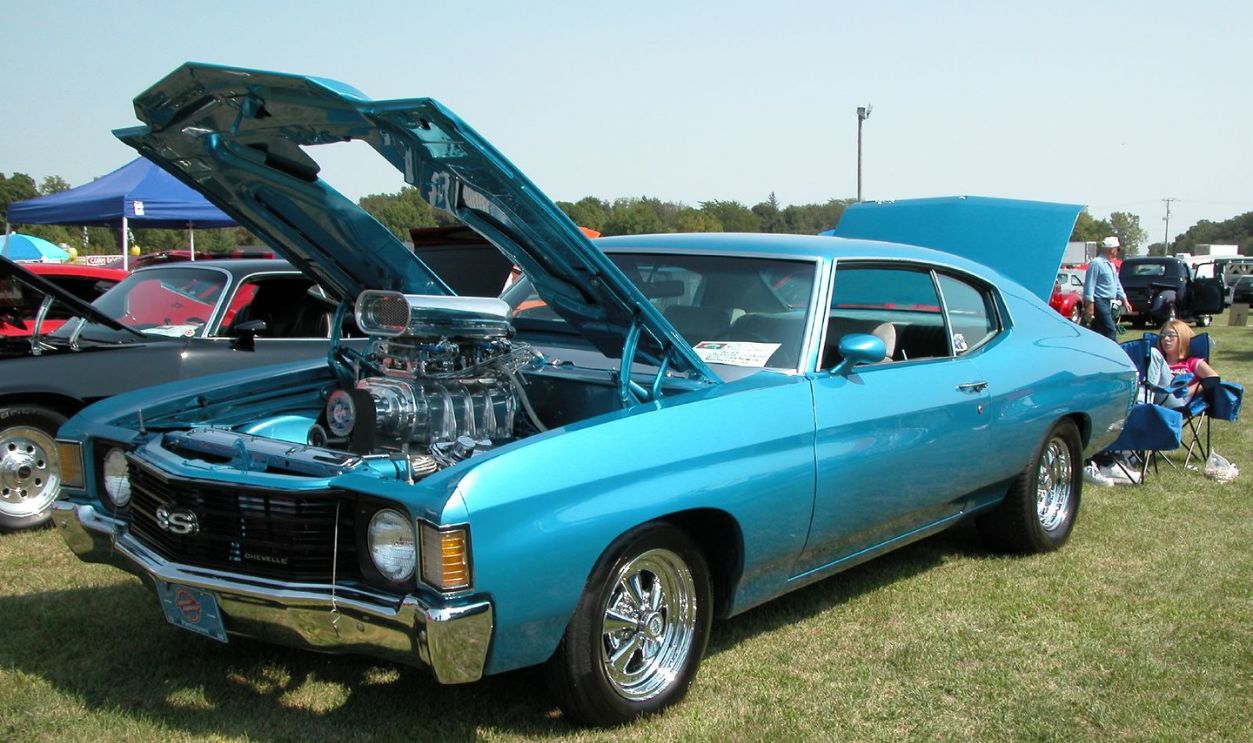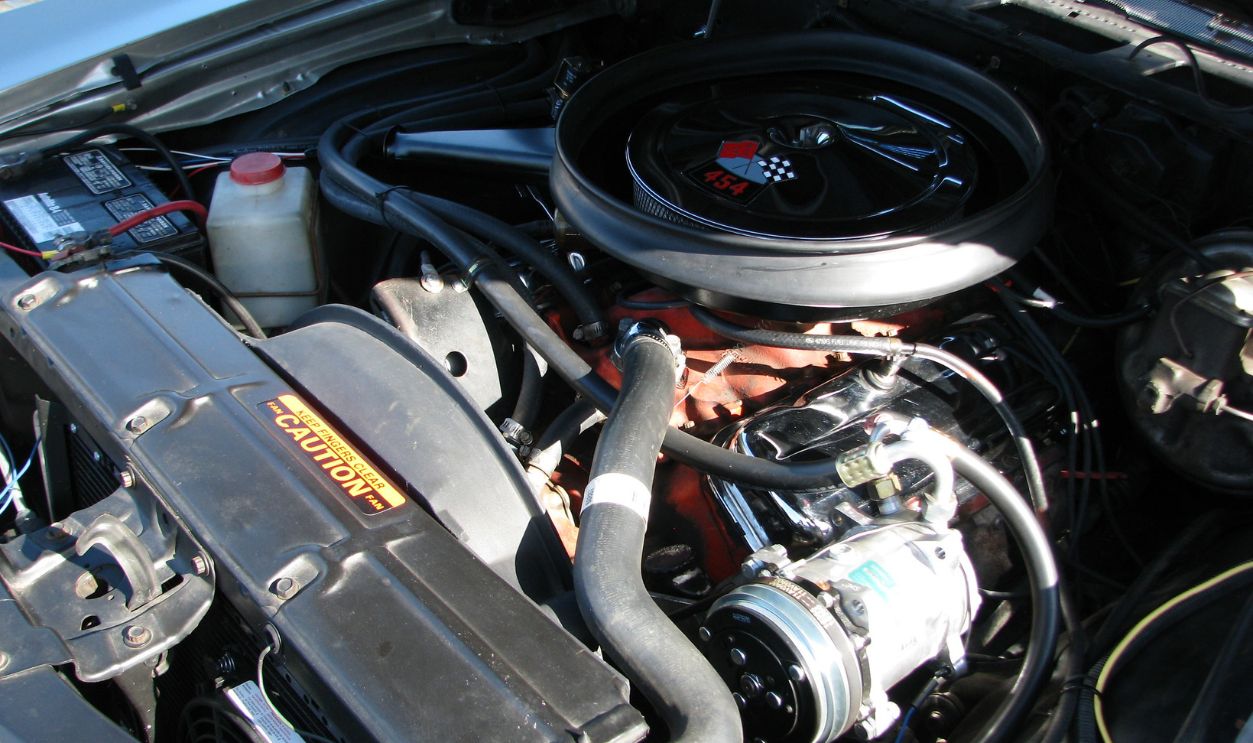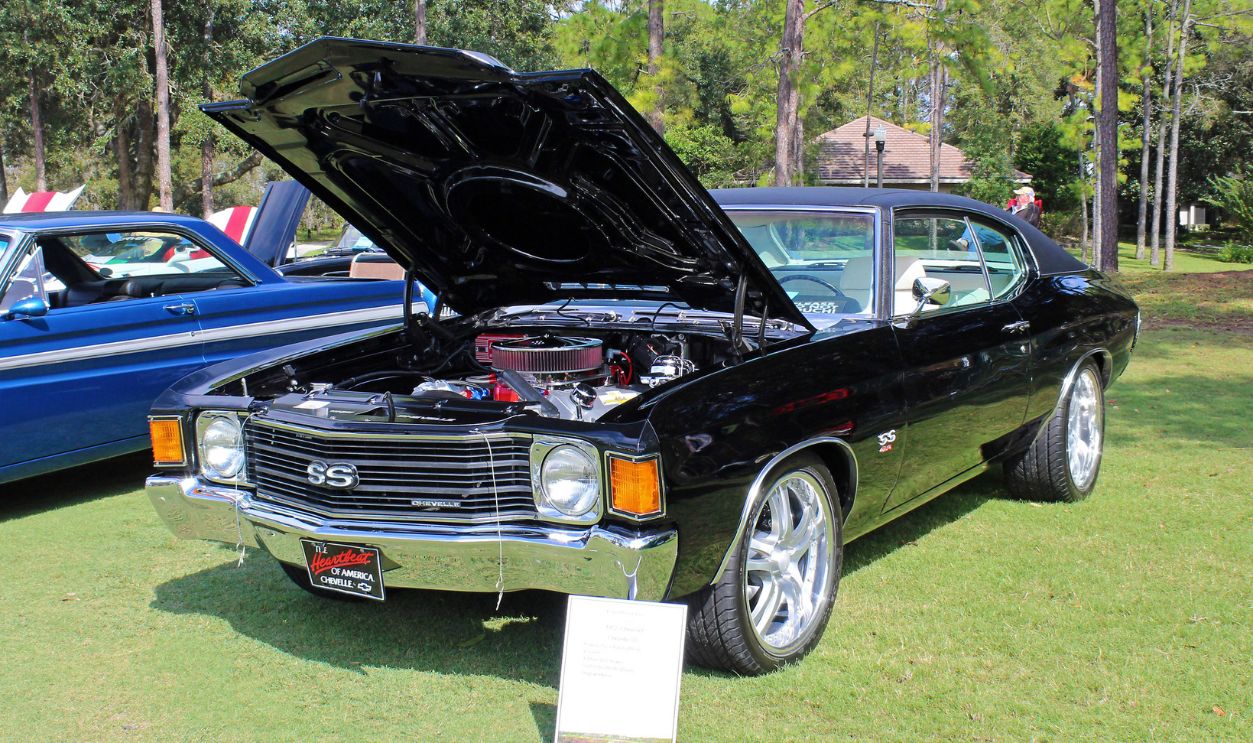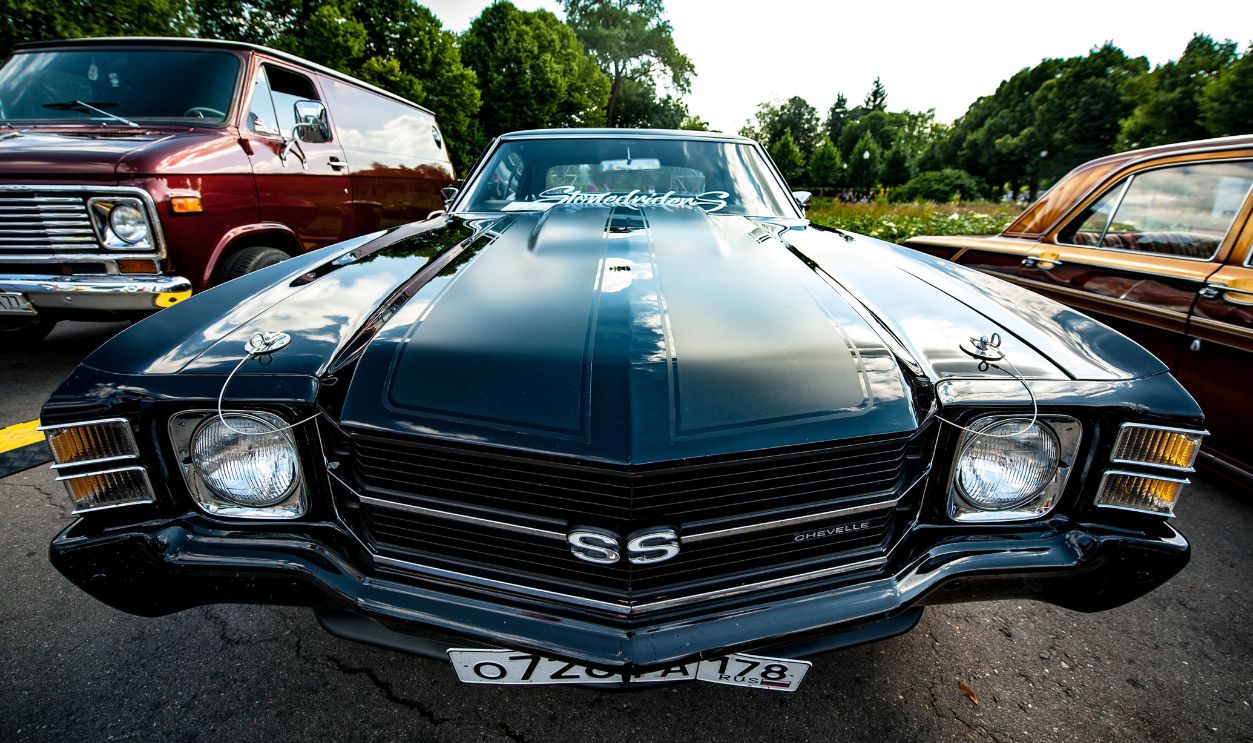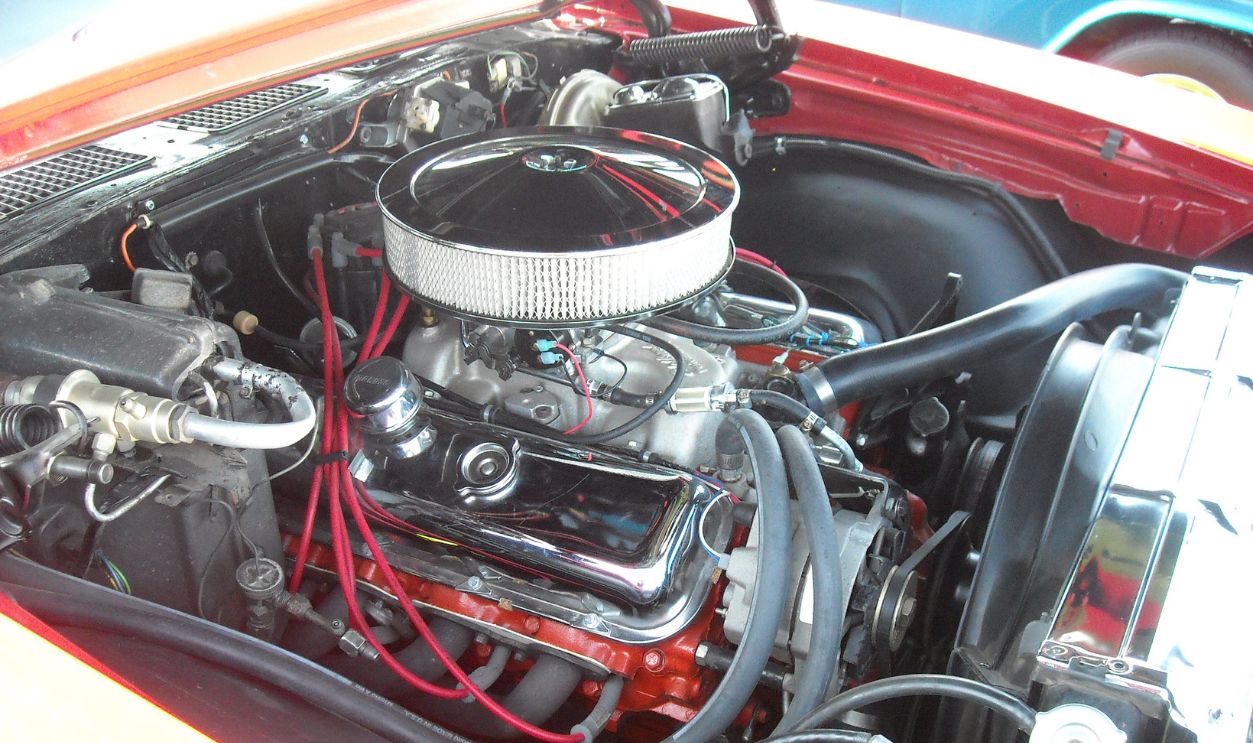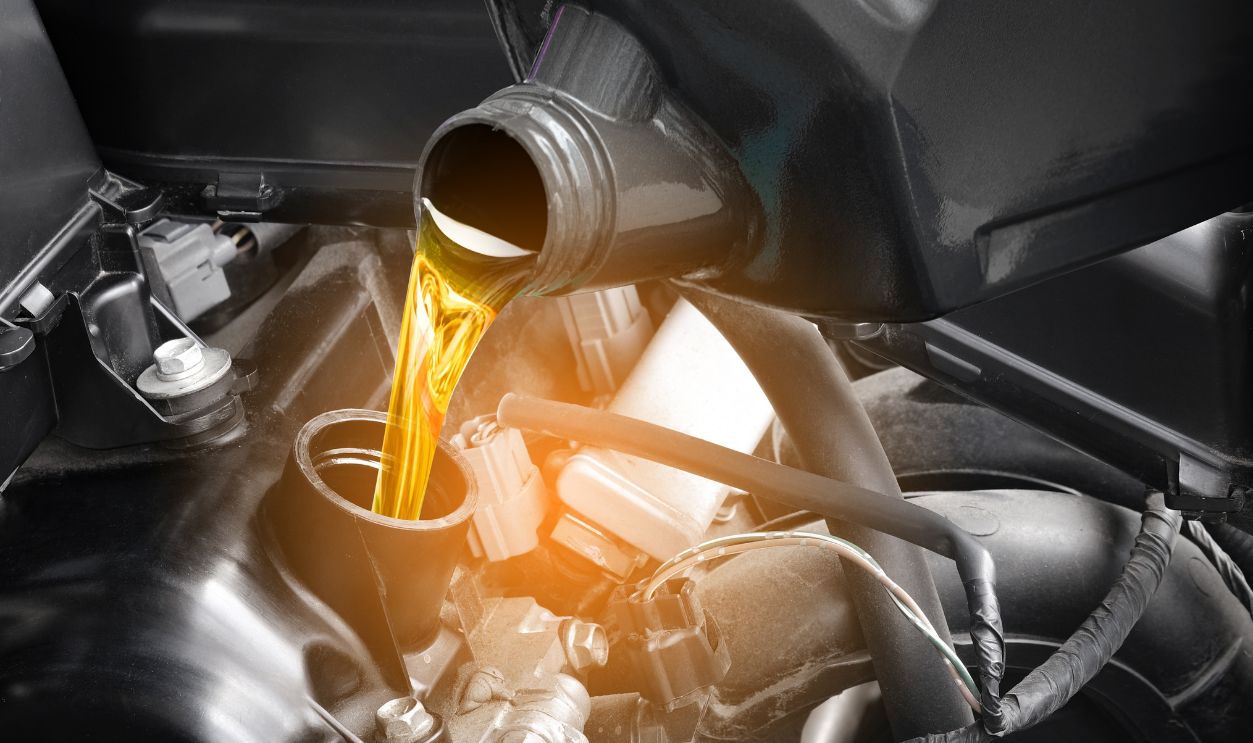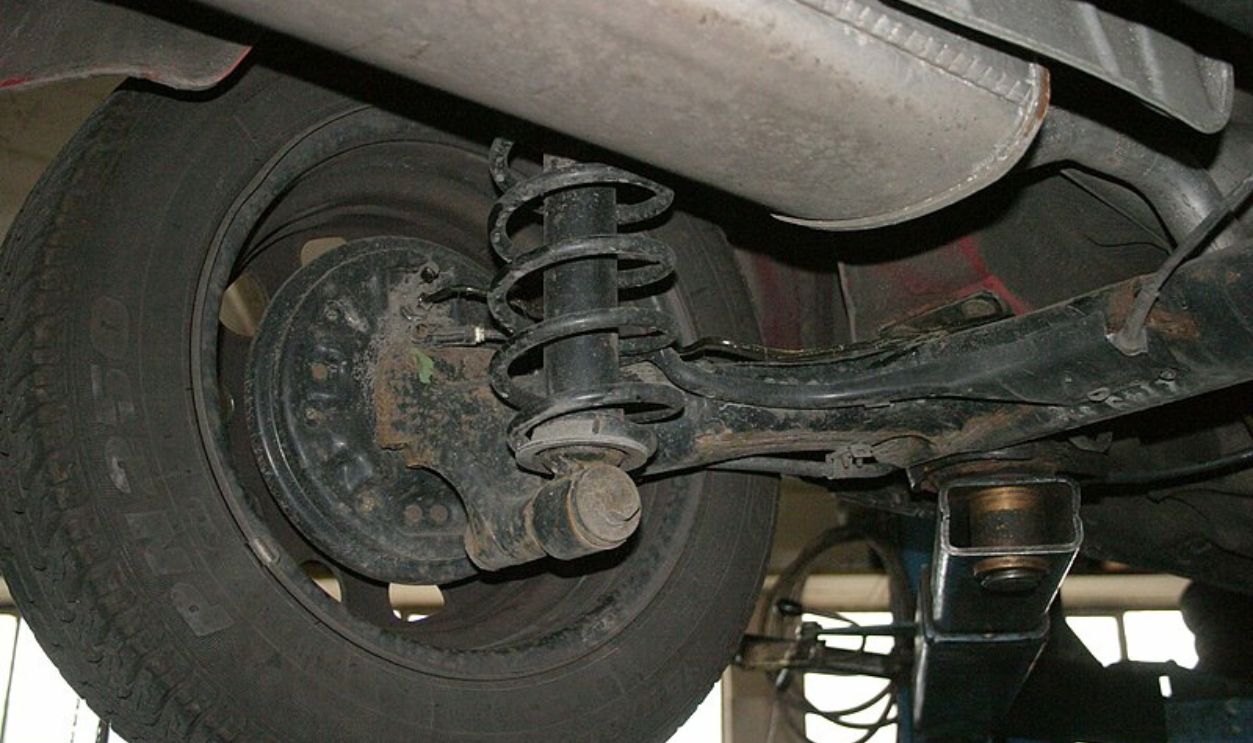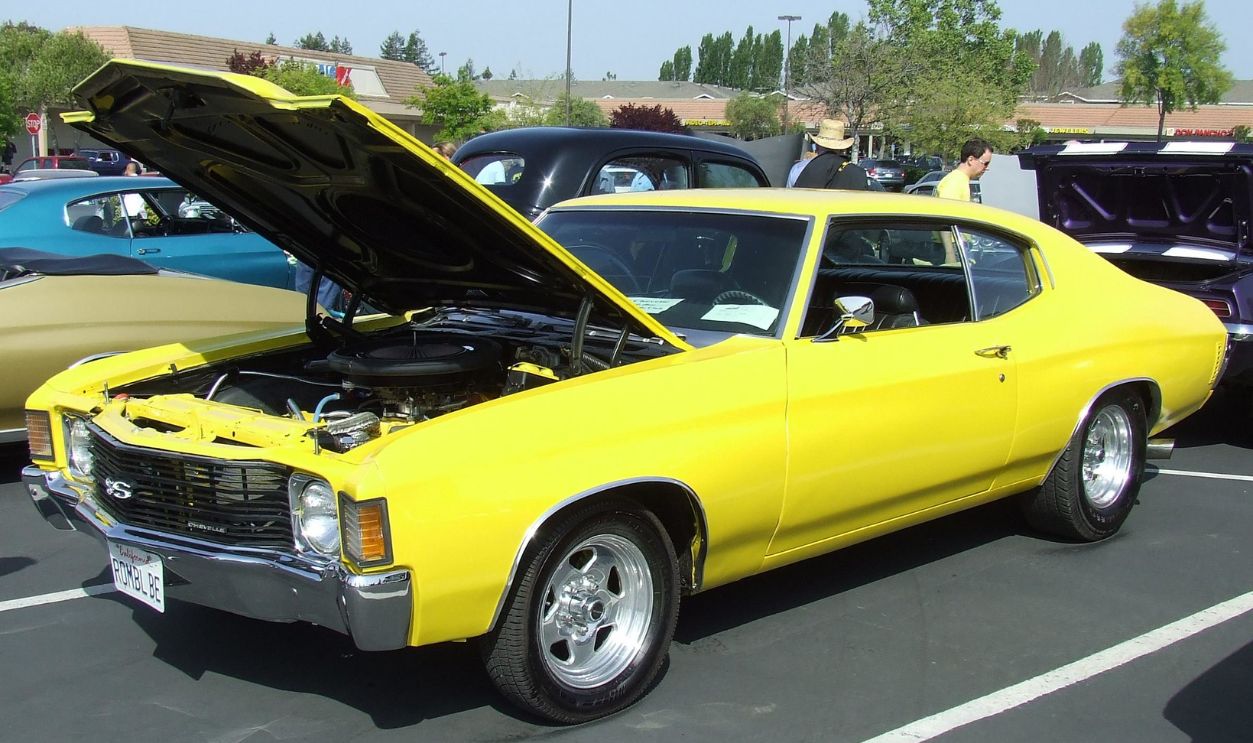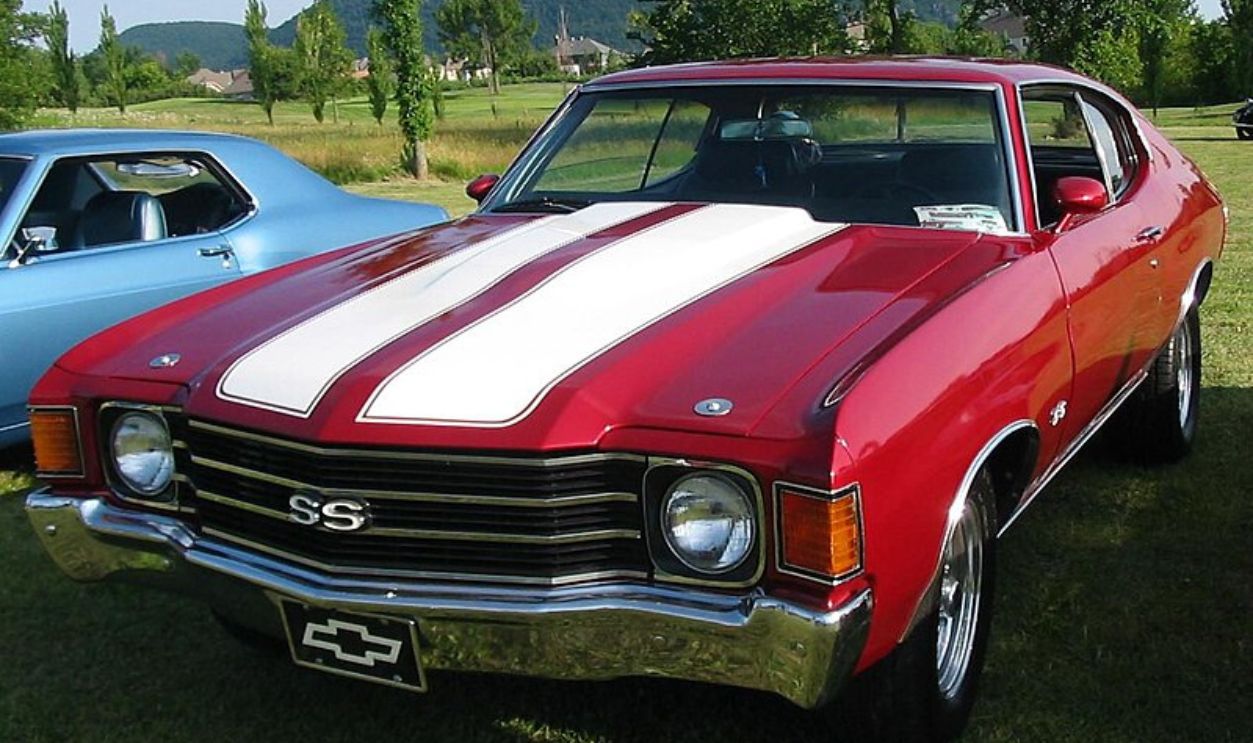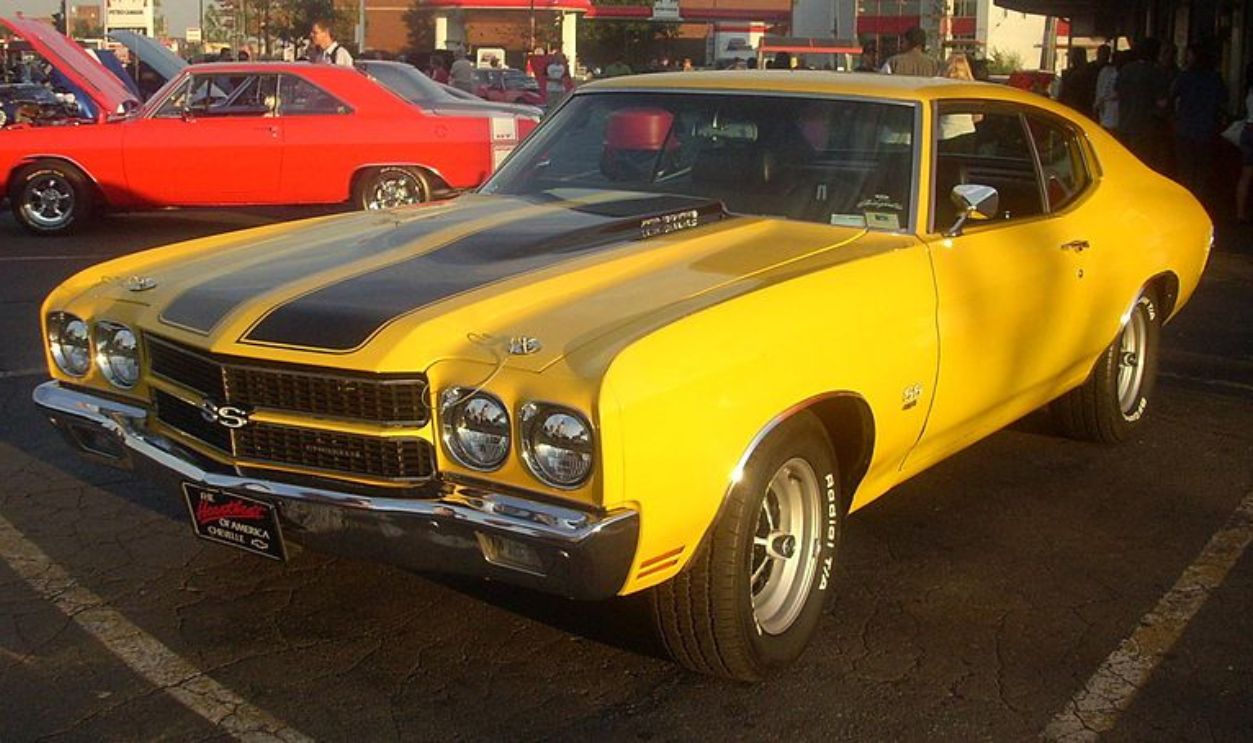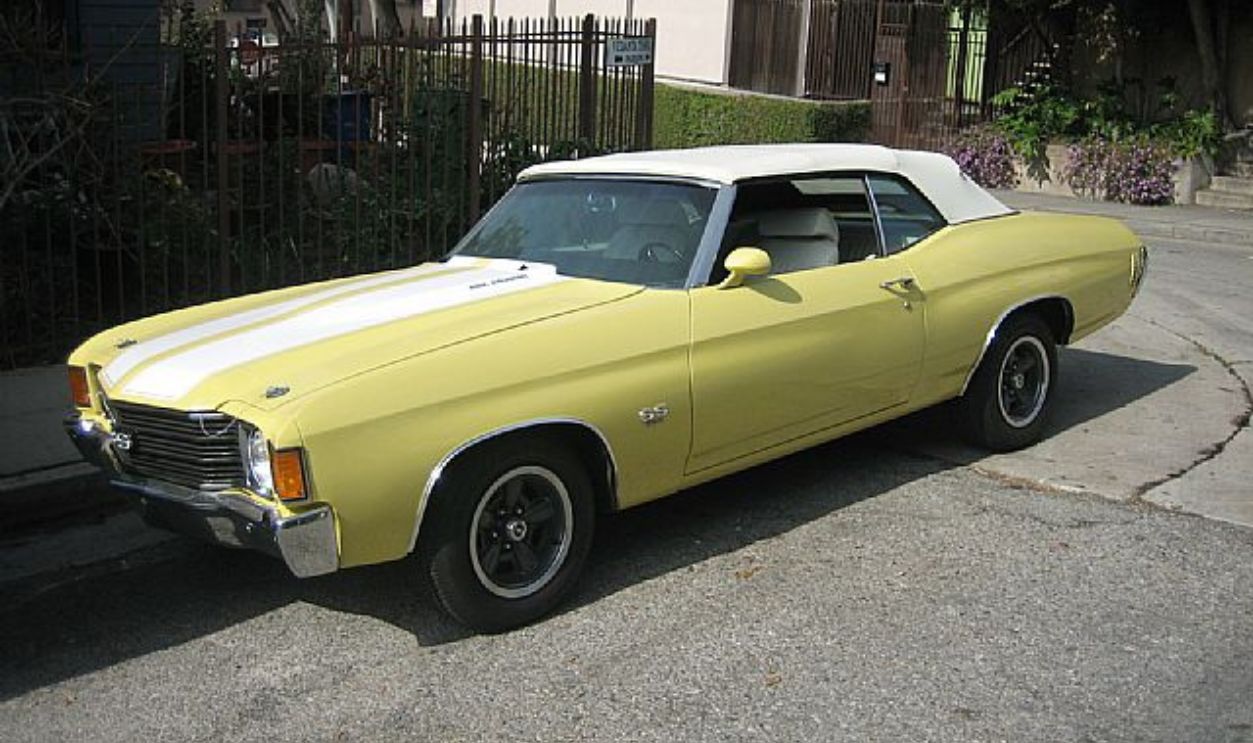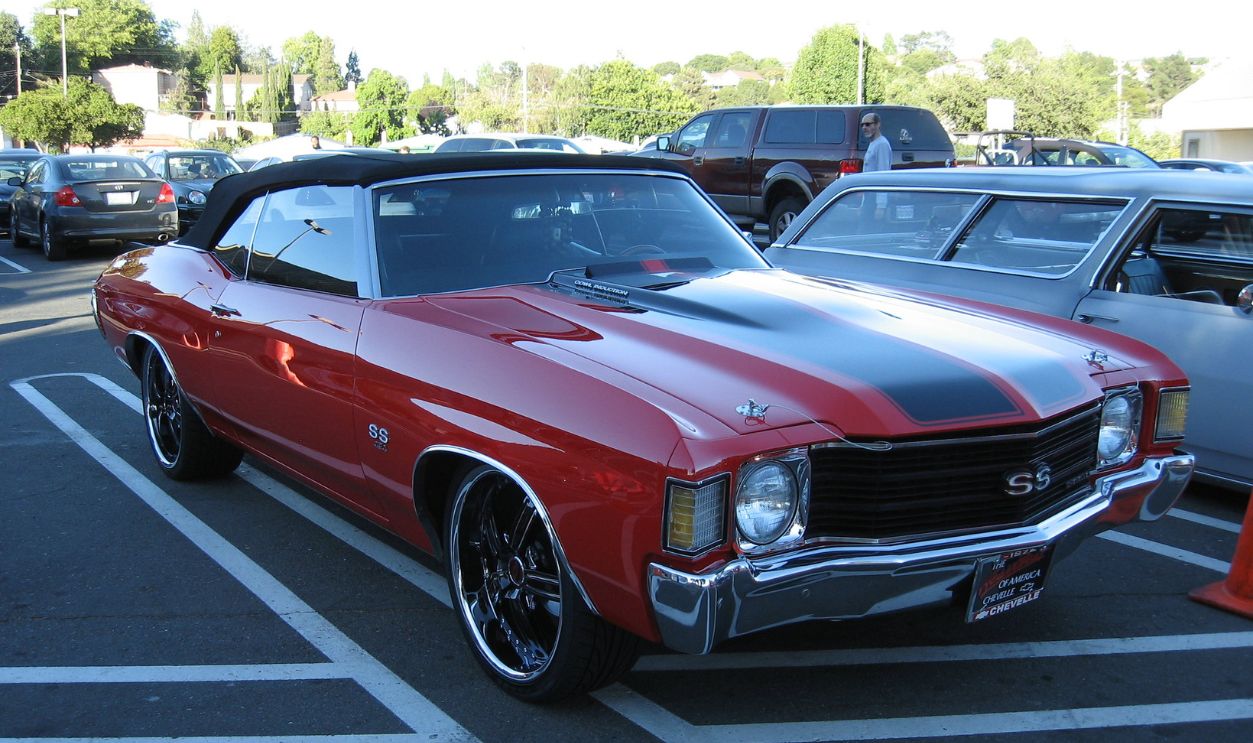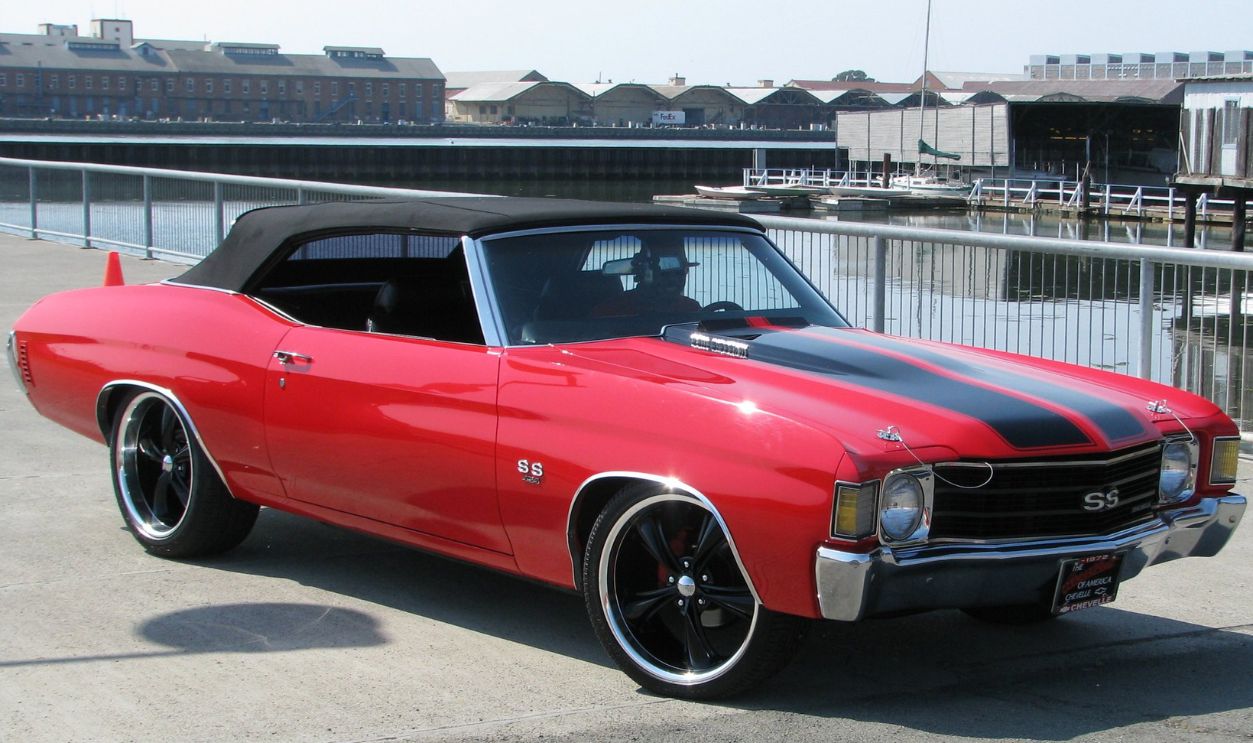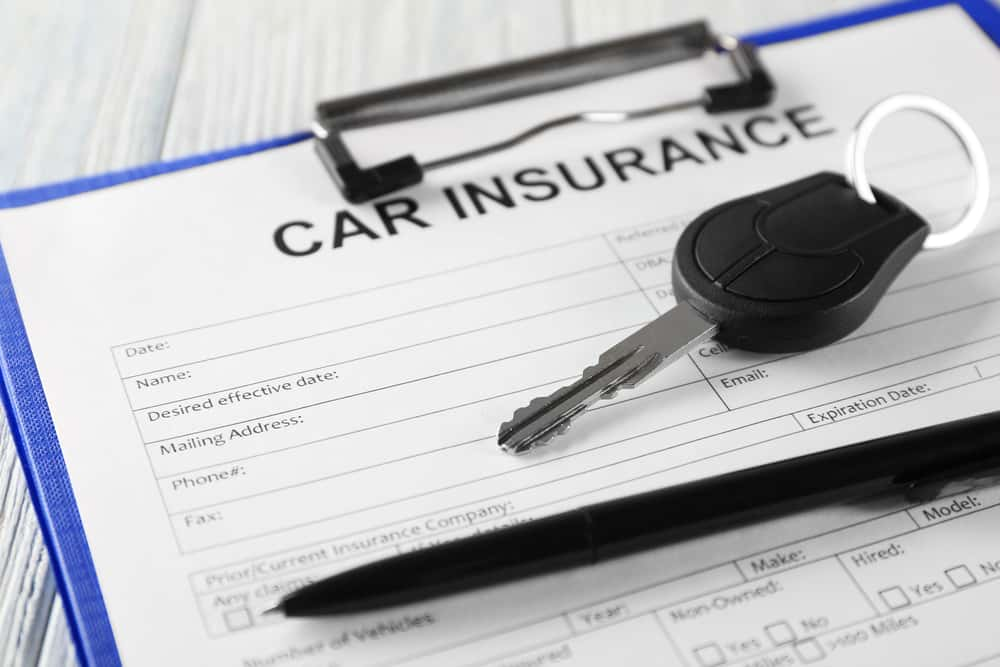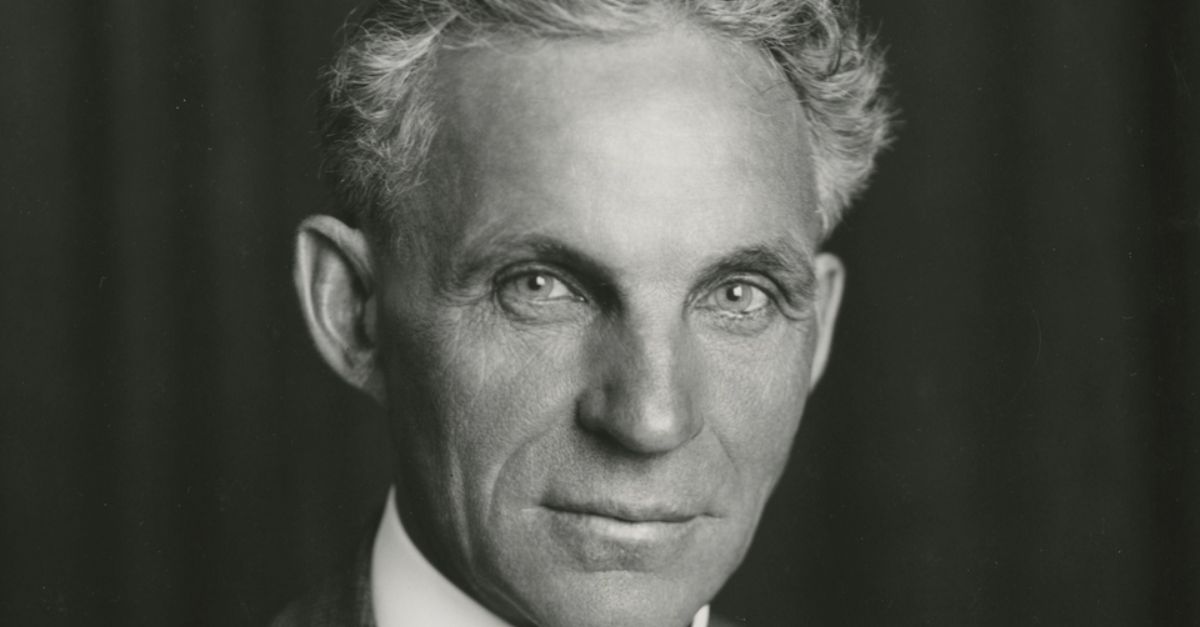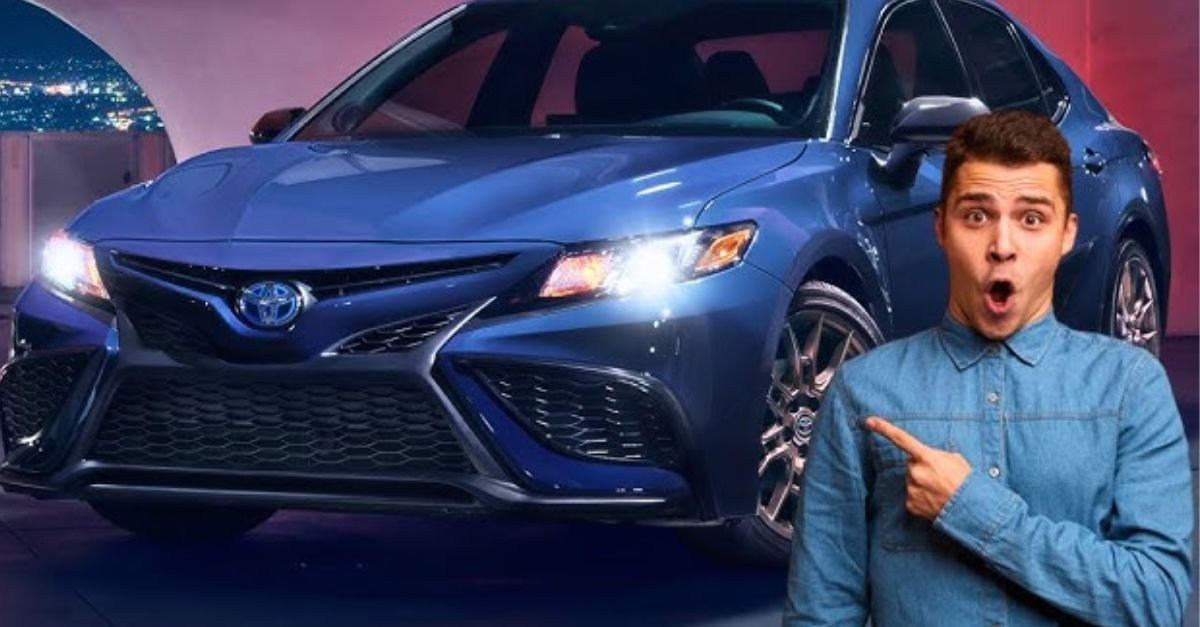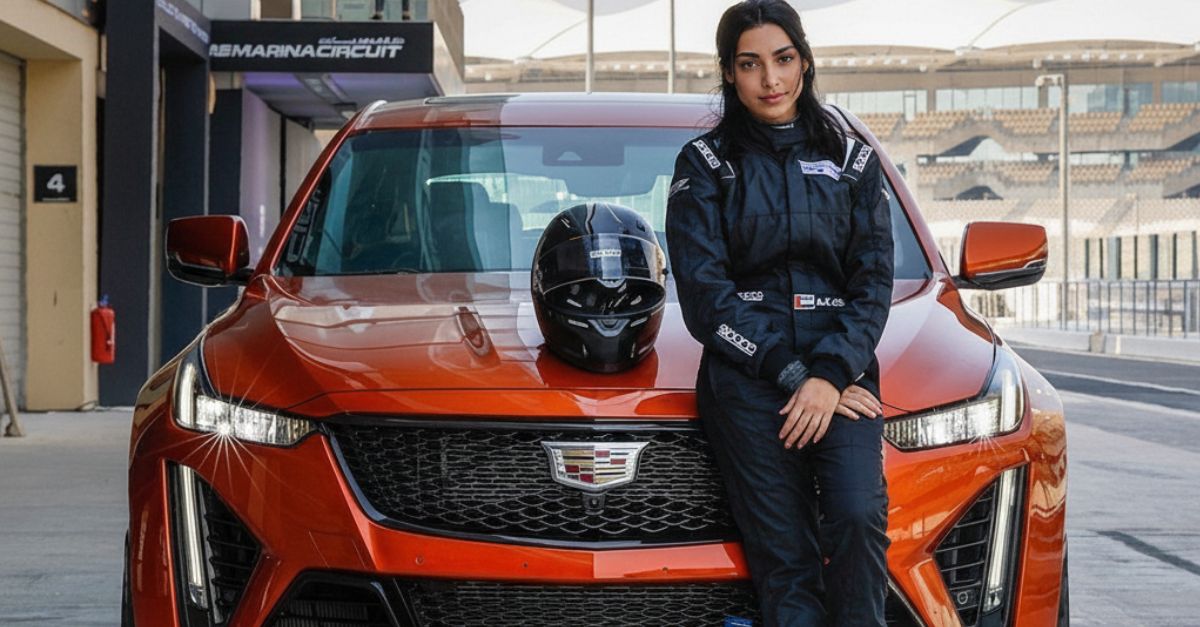Wisdom Before Thrills
Owning a classic car, especially one as celebrated as the 1972 Chevelle, can be a thrilling experience. But before going any further, do you know the things you should look out for?

The Beauty
The 1972 Chevelle features a powerful engine and an outstanding design. The classic American muscle car models include the SS, Malibu, and Concours. The SS is the most highly demanded due to its iconic status. The Malibu and Concours are desirable but only for their comfort and luxury features.
Original Paint And Color
Before buying that Chevelle, be sure it has its original paint. To check, cross-reference the color code on the trim tag with the original Chevelle documentation. If it is "Mulsanne Blue" (code 26) or "Cranberry Red" (code 75), then you're in luck—those colors are highly desirable.
Rust-Prone Areas
Age affects everything, including classic cars, which become more susceptible to rust with time. So, pay attention to the car's lower fenders, door bottoms, quarter panels, and trunk floor. If those areas are rusty, don't even bother. You may be staring at a structurally damaged vehicle.
Body Panels And Alignment
Because the Chevelle features defined lines, any misaligned door, hood, or trunk can signify possible damage. Check the gaps between panels to ensure they are even. Closing the hood, trunk, or doors shouldn't make you sweat. If it does, then it's probably not worth it.
Window Conditions
Inspect the condition of all glass windows, especially the rear ones, except if you don't mind a car without a window. But if you do, ensure the glass is free of cracks, chips, or delamination. Additionally, check the condition of the window seals to make sure they're intact.
Convertible Top Condition
If you're interested in the convertible, ensure the soft top and its mechanisms work properly. The power-operated top should raise and lower smoothly without jerking or stalling. Inspect the fabric for rips or sagging, and ensure the top closes tightly—you'll need it when it rains.
Original Seats
The interior of the 1972 Chevelle often featured vinyl or cloth seats. Determine if the upholstery is original by comparing it with factory specifications. Original and quality upholstery is rare and highly prized by collectors. If the seats have been redone, ensure they used original materials.
Dashboard And Instrumentation
The 1972 Chevelle's dashboard had round gauges and woodgrain accents. Look out for cracks or warping, which are common issues in older cars. All gauges, including the speedometer, tachometer, and fuel gauge, should be operational. That's why they're there in the first place.
Center Console And Shifter
If the car has a center console, particularly models with the horseshoe shifter, inspect it closely. The console should be free of warping or signs of excessive wear. Furthermore, the shifter should engage all gears correctly. Any modification to these features should be evaluated.
Carpet And Floor Condition
The carpet should be free of stains, tears, and excessive wear. Remember to lift the carpet in the footwells and trunk area. You may be in for some pleasant surprises. Look for signs of rust moisture, which indicate possible leaks in the seals or windows.
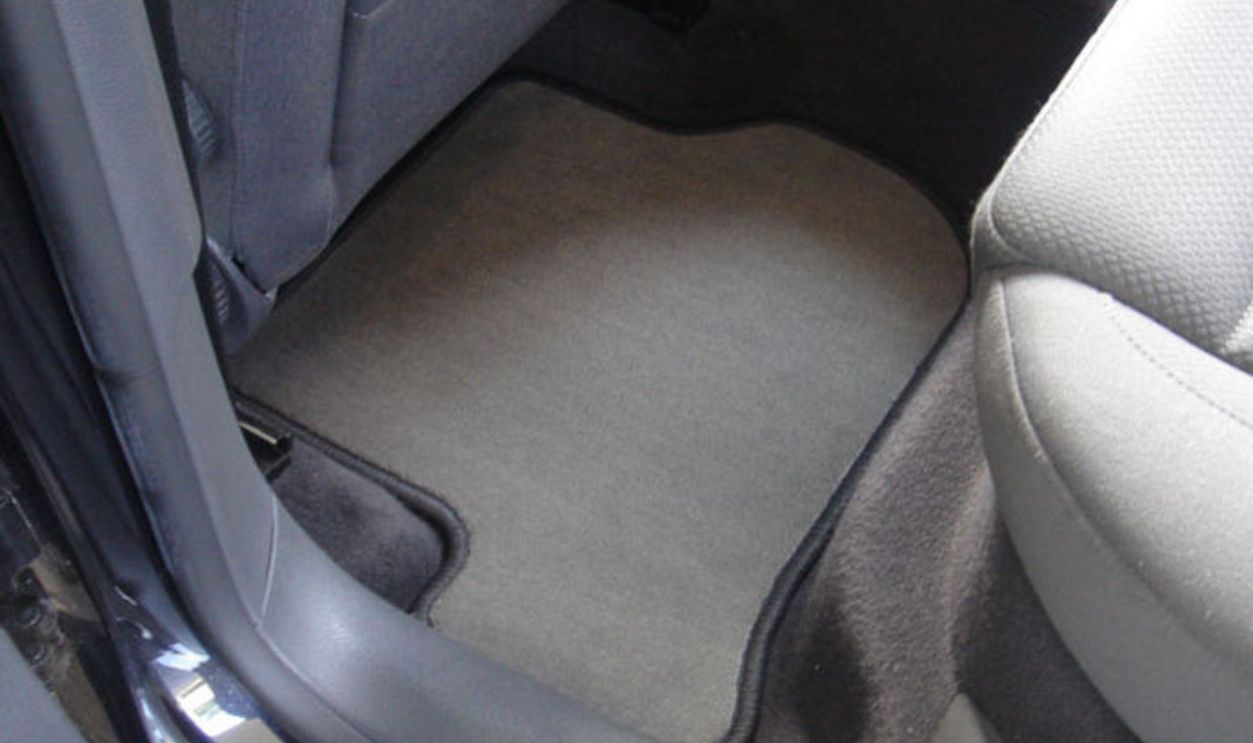 Keystones, CC BY-SA 3.0, Wikimedia Commons
Keystones, CC BY-SA 3.0, Wikimedia Commons
Door Panels And Armrests
Don't overlook the car's door panels and armrests. All armrests should be firm and show minimal wear. The original door panels should match the rest of the interior in color and material and not show signs of water damage.
Steering Wheel And Column
The steering wheel should be checked for damage, especially if the car has the SS steering wheel. The steering column should be free of play, and the tilt mechanism (if equipped) should function correctly. Looseness in the column or excessive play in the wheel can indicate worn components.
Frame Integrity
Parts such as the Chevelle's frame are highly vulnerable to damage. Check for signs of corrosion, especially in areas around the rear trailing and front control arms. Surface rust is common and can be treated, but deeper rust or rot can compromise the car's structure.
 Greg Gjerdingen, CC BY 2.0, Wikimedia Commons
Greg Gjerdingen, CC BY 2.0, Wikimedia Commons
Brakes And Brake Lines
Brakes. Need we talk about those? SS models typically had front disc brakes, while power brakes were an option. Check essential parts like the pads, rotors, and calipers for any issues. Weaknesses or leaks in the brake lines can lead to brake failure.
Wheels And Tires
The 1972 Chevelle sometimes had 14-inch rally wheels or optional mag wheels. Ensure the wheels are original; aftermarket wheels can compromise the car's authenticity. Also, tires older than six years can be unsafe sometimes, even if they have good tread. So, get them changed if that's the case.
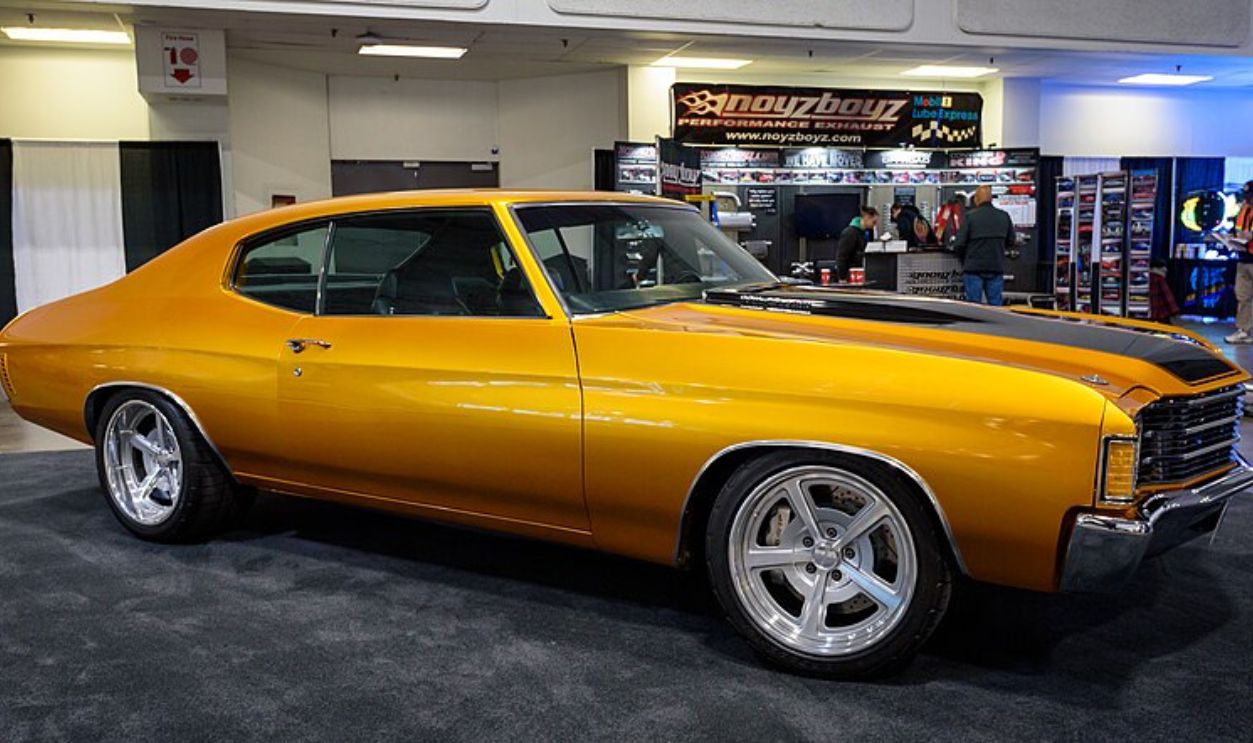 Mustang Joe, CC0, Wikimedia Commons
Mustang Joe, CC0, Wikimedia Commons
Wheel Bearings And Hubs
Wheel bearings and hubs are essential for safe and smooth operation. Check if they are properly lubricated and free of play. Listen for any grinding or rumbling noises when the wheels are spun, as these can suggest worn bearings that need replacement.
Exhaust System
Because SS models have high-performance engines, their exhausts are essential to their overall performance. In its original form, the car may have dual exhausts and resonators, so inspect it for rust, damage, or signs of customization. Also, look out for exhaust leaks, particularly at the manifold and mufflers.
Engine Type And Numbers
The 1972 Chevelle engines include the inline-six and the powerful 454 V8. Determine whether their casting number and date code match the car's production date. If the engine has been swapped, ensure the replacement is installed correctly and appropriate for the model.
Compression And Leak-Down Test
Compression tests will help you assess the health of the Chevelle's engine. Every cylinder's pressure should consistently read between 120 to 160 psi, depending on the engine. A leak-down test can reveal piston rings, valves, or head gasket issues.
Carburetor Condition
Most 1972 Chevelles with V8 engines had a Rochester Quadrajet carburetor. These carburetors should provide a smooth idle and consistent acceleration. An improperly tuned or worn carburetor can lead to poor fuel economy, rough running, and hesitation during acceleration.
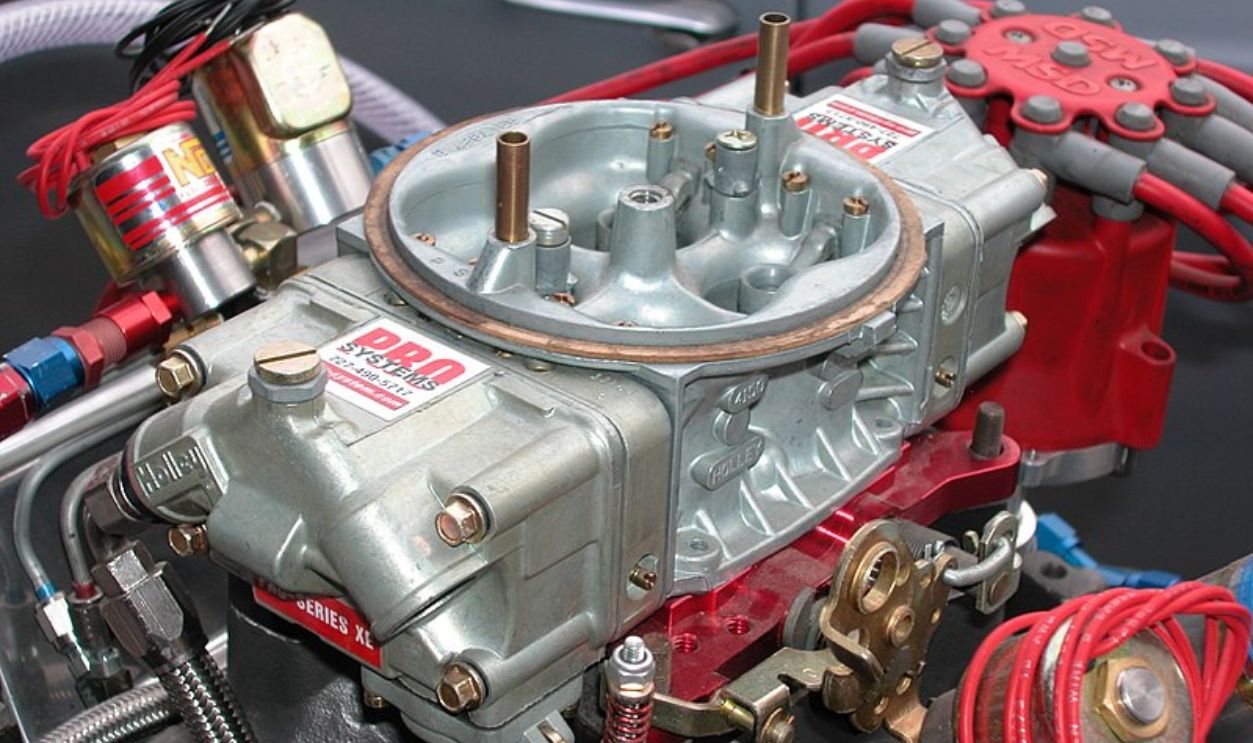 Rich Niewiroski Jr., CC BY 2.5, Wikimedia Commons
Rich Niewiroski Jr., CC BY 2.5, Wikimedia Commons
Radiator And Cooling System
This system maintains engine temperature, notably in high-performance Chevelle models. Therefore, all its components, like the water pump, thermostat, and hoses, should be in good working condition. A functional cooling system prevents overheating and severe engine damage. Your Chevelle isn't a fire-spitting dragon—keep it cool.
Engine And Transmission Mounts
The engine and transmission mounts secure the powertrain to the chassis. Over time, they wear out and cause excessive engine movement and vibrations that feel like a 5.4-magnitude "carquake." This won't spare the drivetrain, too. So, check the mounts for cracking, wear, or oil saturation.
Fuel System
The fuel system consists of the tank, fuel lines, and mechanical fuel pump. Check the tank, especially the filler neck, for rust. Ensure the fuel lines are not damaged and that the mechanical fuel pump delivers fuel steadily.
Suspension And Steering Components
Also, closely inspect the suspension and steering components, as their condition affects riding quality. Look for worn bushings, leaking shocks, and play in the steering. Though original components are okay if they're in good condition, you can consider upgrading them to improve performance and safety.
Transmission
For manual transmissions, try engaging the clutch and see if it does so smoothly without slipping off. The transmission should also shift without grinding. For automatic transmissions, find out if the gears shift seamlessly. Lastly, the transmission fluid should be clear and without a burnt smell.
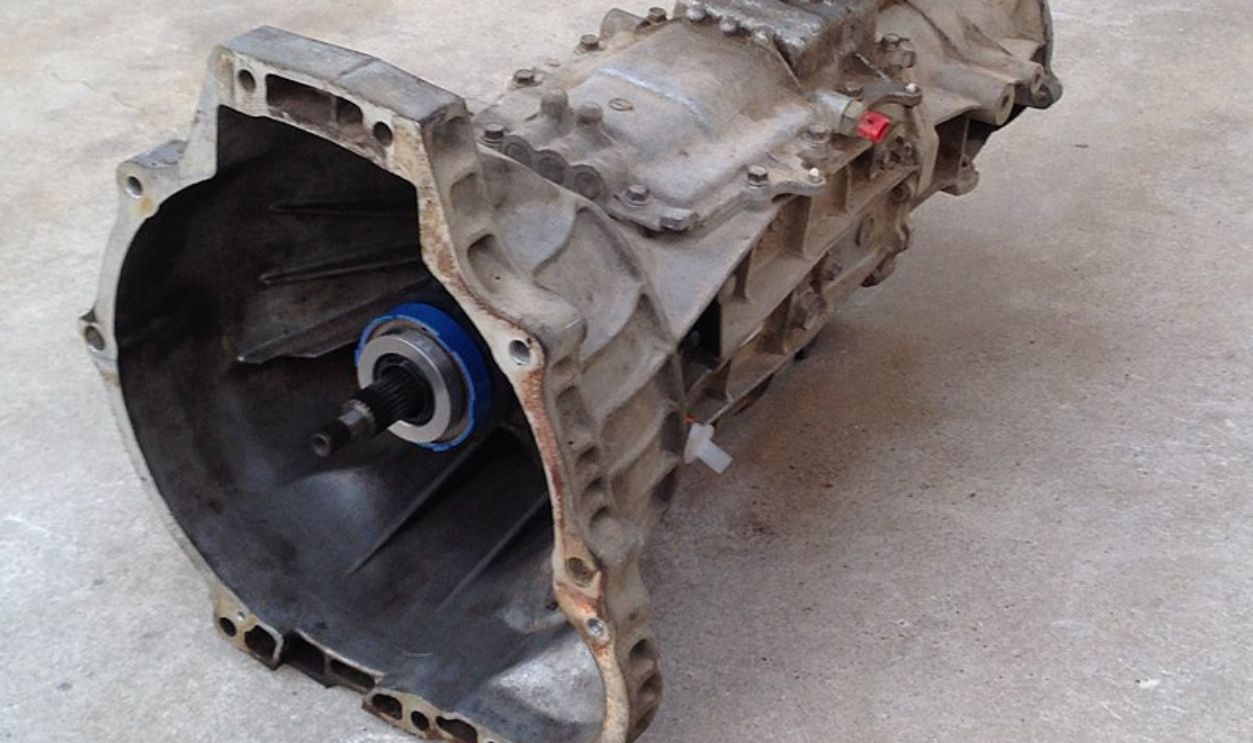 Typhoon, CC BY-SA 3.0, Wikimedia Commons
Typhoon, CC BY-SA 3.0, Wikimedia Commons
Driveshaft And U-Joints
Power is transferred from the transmission to the rear axle by help of the driveshafts and U-joints. So, the driveshaft should be free of dents or bends. Additionally, the U-joints should be tight, with no play or vibration during acceleration; otherwise, it can lead to drivetrain failure.
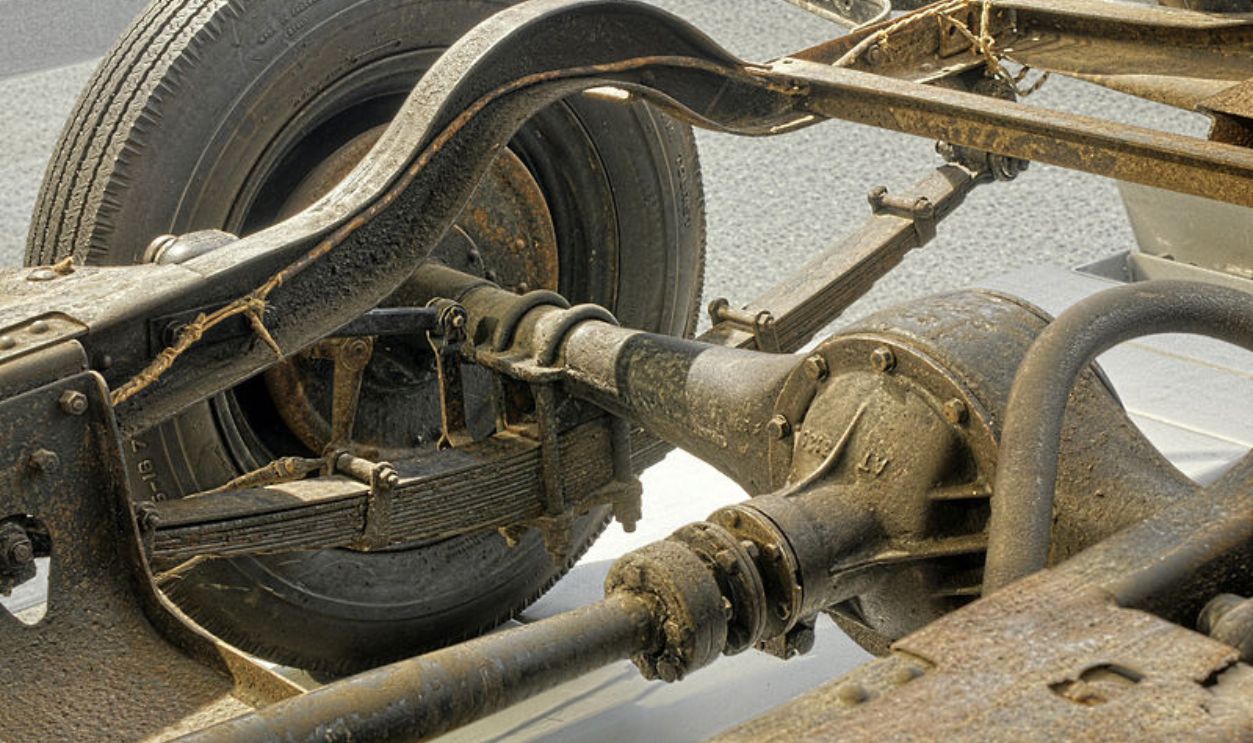 Ralf Roletschek, CC BY 3.0, Wikimedia Commons
Ralf Roletschek, CC BY 3.0, Wikimedia Commons
Differential And Rear Axle
The 1972 Chevelle SS models often had a durable 12-bolt rear axle. Ensure the differential has no leaks, especially around the pinion seal and axle shafts. Don't forget to check for excessive play or abnormal noises, indicating worn parts.
Wiring Harness And Electrical Connections
The wiring harness supports the 1972 Chevelle's electrical system. Poor electrical connections can cause malfunctioning lights and non-operational gauges. Inspect it for frayed wires, brittle insulation, or amateur repairs. Sparks from short circuits can start a fire, and you don't want your investment going up in flames.
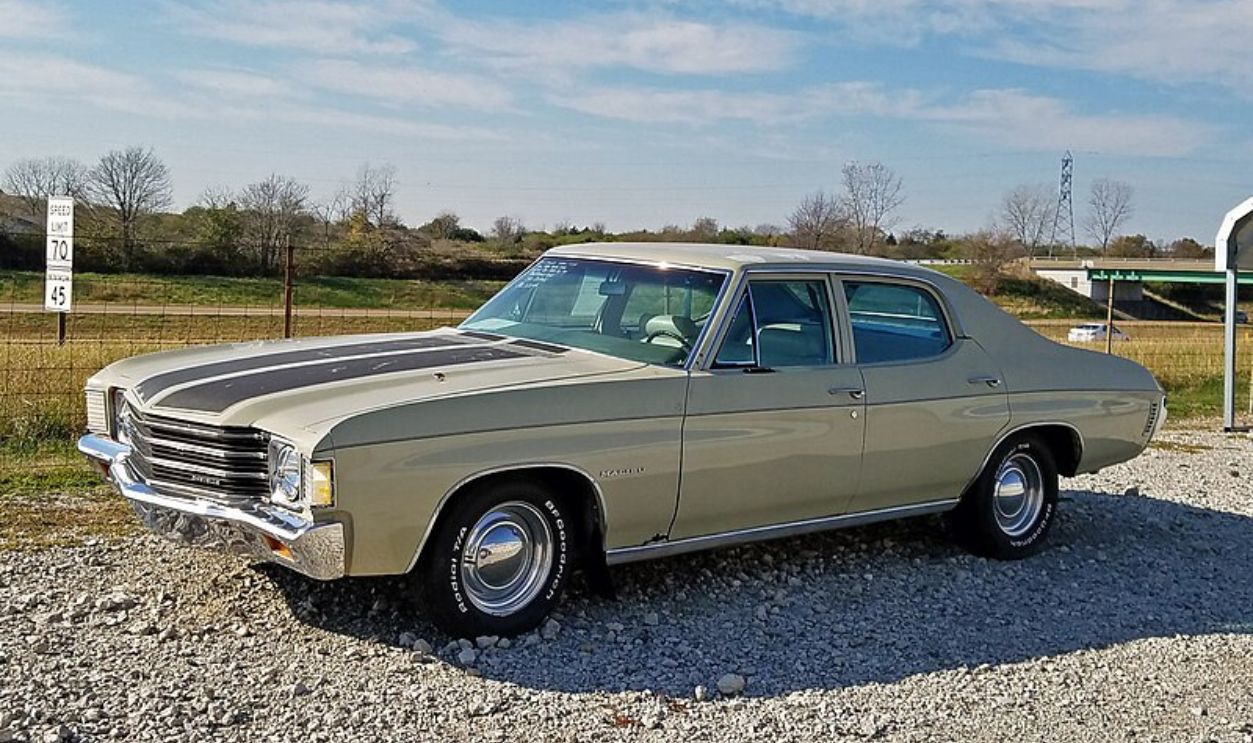 Ryan Hildebrand, CC BY-SA 4.0, Wikimedia Commons
Ryan Hildebrand, CC BY-SA 4.0, Wikimedia Commons
Fuses And Fuse Box
Check the fuse box for corrosion, proper connections, and the correct fuse ratings. Inspect each fuse to ensure it's in good condition and that the circuits it protects are functioning correctly. A corroded or damaged fuse box can lead to electrical issues and potential shorts.
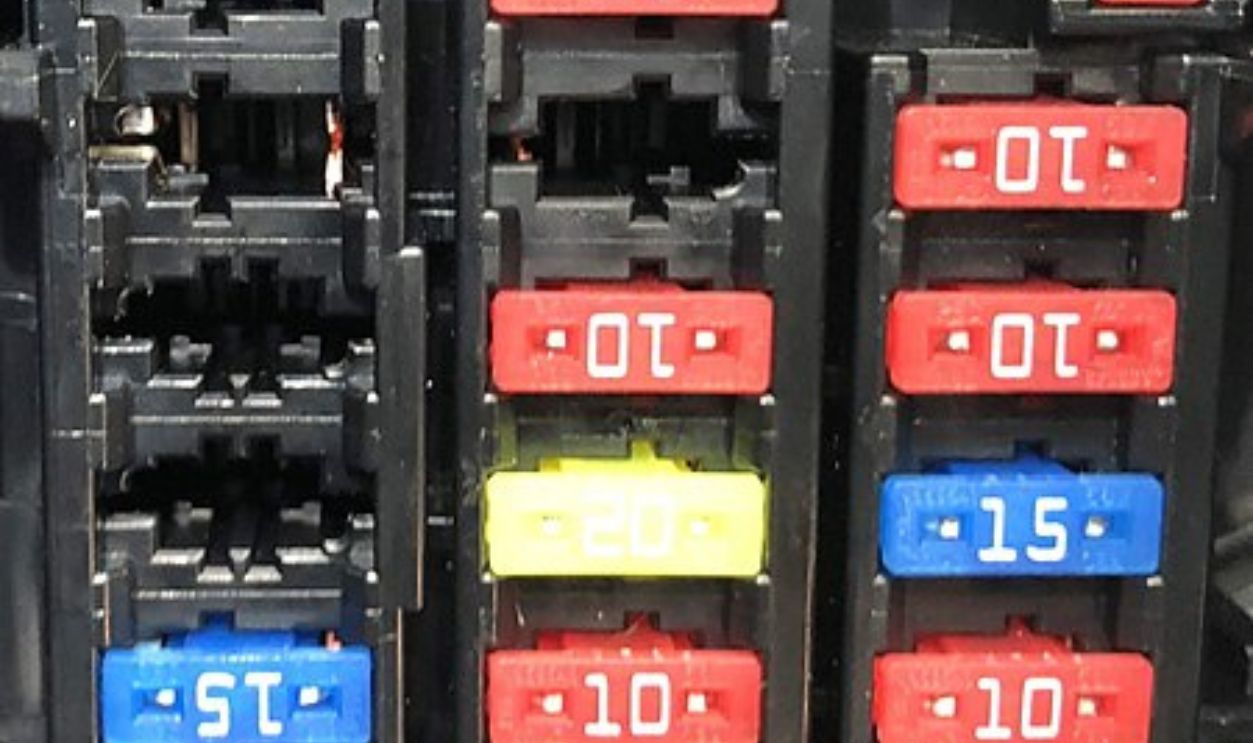 Kei project, CC BY-SA 4.0, Wikimedia Commons
Kei project, CC BY-SA 4.0, Wikimedia Commons
Heater And Blower Motor
Components like the heater and blower motor in the car defrost the windshield during cold weather. The heater should provide sufficient warmth, and the blower motor should operate at all speeds. Allowing leaks or blockages in the heater core can hamper its performance.
Wipers And Washer System
The wiper and washer system give drivers visibility in bad weather. Before paying for the vehicle, operate the wipers and check the blades to see if they function. The washer system should spray fluid evenly across the windshield, and the reservoir should have no leakages.
VIN Verification
Cross-reference the VIN with the title and any documentation to see if they match. You can find the car's VIN on the dashboard, the driver's side door jamb, and sometimes the engine block. This information can also reveal important details about the car's original engine, transmission, and trim level.
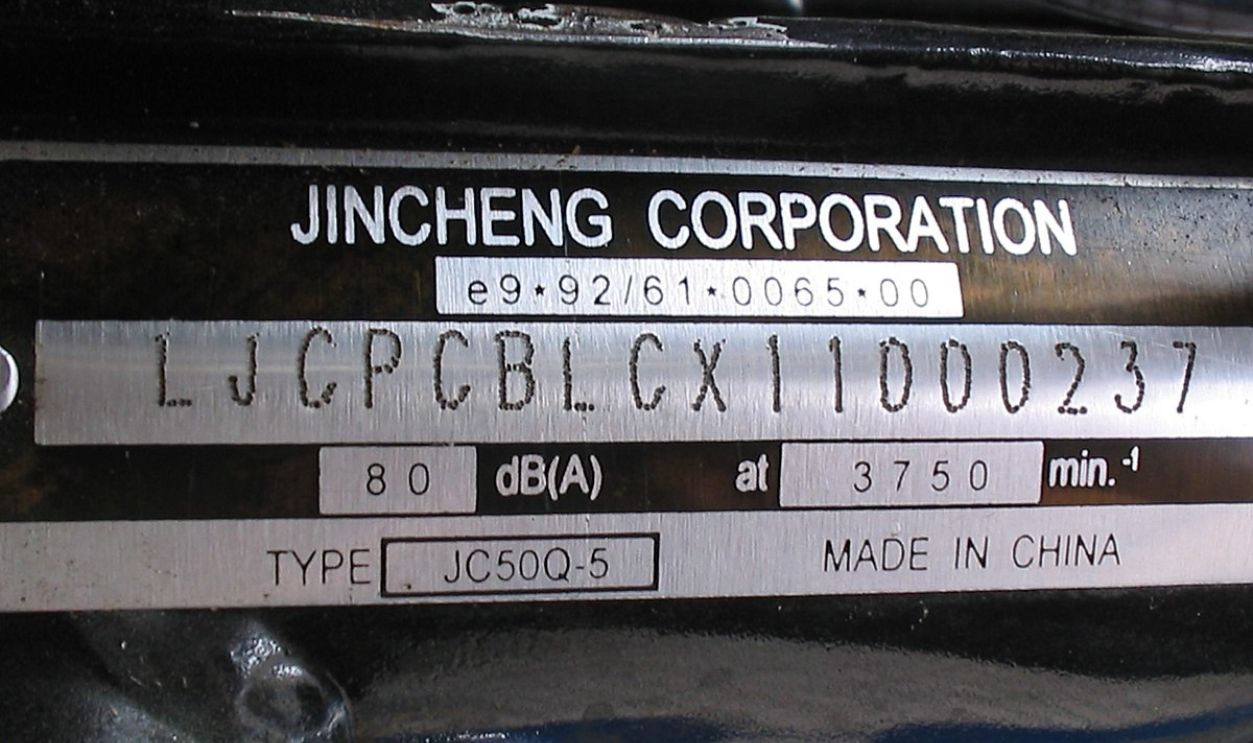 Michiel1972, CC BY-SA 3.0, Wikimedia Commons
Michiel1972, CC BY-SA 3.0, Wikimedia Commons
Ownership History And Title
Knowing the ownership history of a 1972 Chevelle can reveal whether it has been restored or modified. A clean title with no liens or salvage history is essential for a smooth purchase. Request any available records of previous owners, maintenance, and restoration work.
Service Records And Receipts
Documents like receipts will help you understand the car's maintenance history. Look for documentation of regular oil changes, tune-ups, and any major repairs. Receipts for parts and labor add to the car's authenticity and value, especially if they include original or NOS (New Old Stock) parts.
 Eakrin Rasadonyindee, Shutterstock
Eakrin Rasadonyindee, Shutterstock
Restoration Photos And Documentation
Detailed restoration records can show whether the car was restored to its original specifications or modified. Restoration photos also provide a visual of the car's condition before and after the work. High-quality restorations that maintain the car's originality are more valuable.
Original Manuals And Literature
Original owner's manuals, shop manuals, and sales literature add to the 1972 Chevelle's provenance and value. These documents offer insight into the car's original operation and maintenance requirements. Collectors often seek originals like manuals and brochures to complete their car's documentation.
Factory Tags And Decals
Factory tags and decals found on the engine, transmission, and body panels can help you verify the Chevelle's originality. These tags may come with codes corresponding to original colors and production date. Therefore, to find the car's actual worth, go ahead and check the tags.
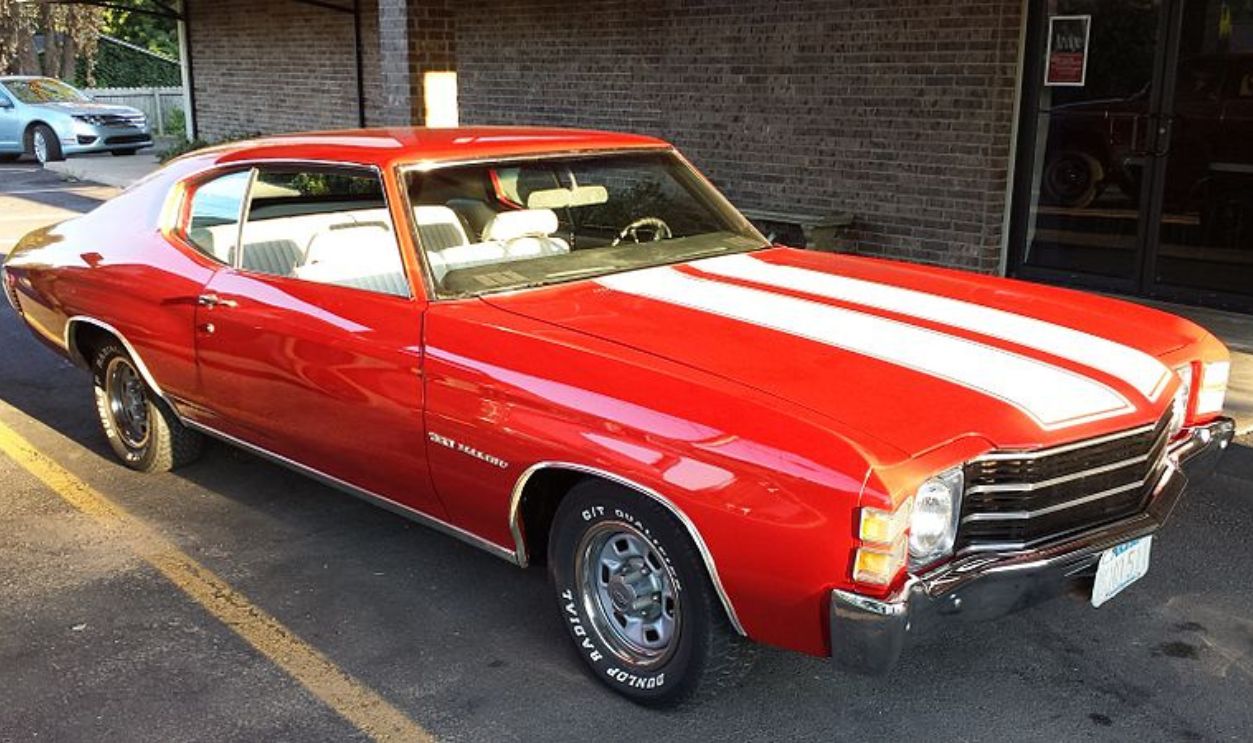 Jimlaneozark, CC BY-SA 3.0, Wikimedia Commons
Jimlaneozark, CC BY-SA 3.0, Wikimedia Commons
Registration And Emissions Compliance
Depending on your location, a 1972 Chevelle may need to meet specific registration and emissions requirements. Check the car's registration status and ensure no outstanding fees or issues. Knowing the registration and emissions requirements beforehand can prevent surprises and ensure the car is road-legal.
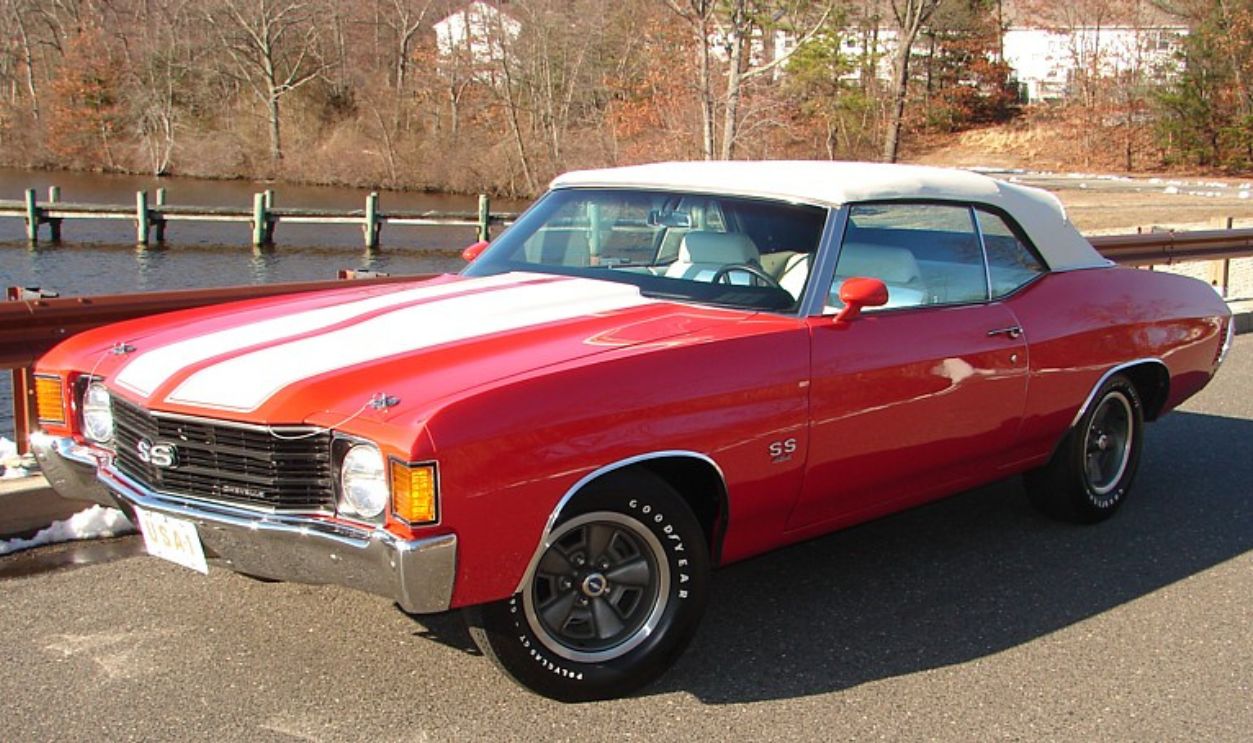 Vegavairbob, CC BY-SA 3.0, Wikimedia Commons
Vegavairbob, CC BY-SA 3.0, Wikimedia Commons
Purchase And Maintenance Costs
Classic cars often need more frequent maintenance than modern vehicles. Research the market value of a 1972 Chevelle in a similar condition. Prices can vary depending on the car's condition, history, and location. Also, assess the ongoing maintenance costs associated with owning a 1972 Chevelle.
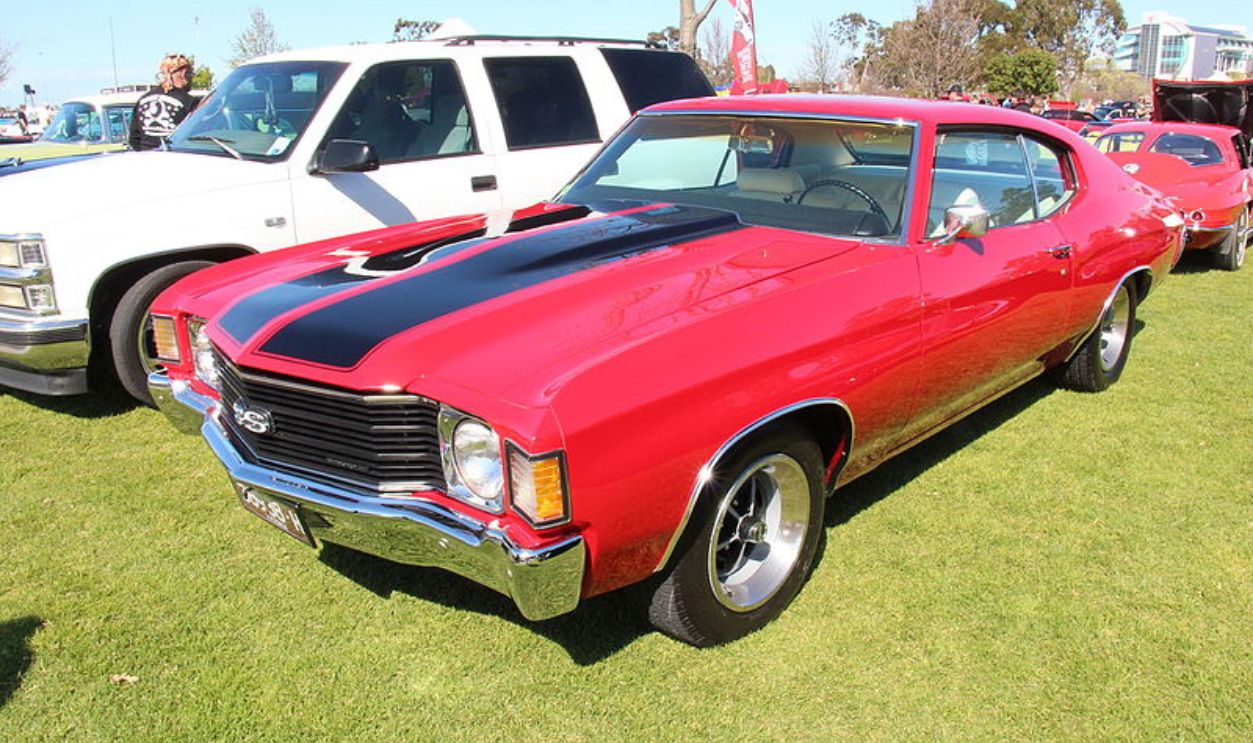 Sicnag, CC BY 2.0, Wikimedia Commons
Sicnag, CC BY 2.0, Wikimedia Commons
Collector Car Value Guides
Collector car value guides, including those published by Hagerty or NADA, can inform you about the Chevelle's market value. Refer to these guides during negotiations. However, remember that a car's value can increase beyond the standard prices because of special options, like the LS5 engine or special paint codes.
Mileage
Check the car's odometer reading to see the total distance traveled. Was your car a Marco Polo or just an ordinary 1972 Chevelle? High mileage sometimes indicates significant wear on the mechanical parts. However, low mileage also doesn't guarantee better conditions because prolonged inactivity can be problematic.
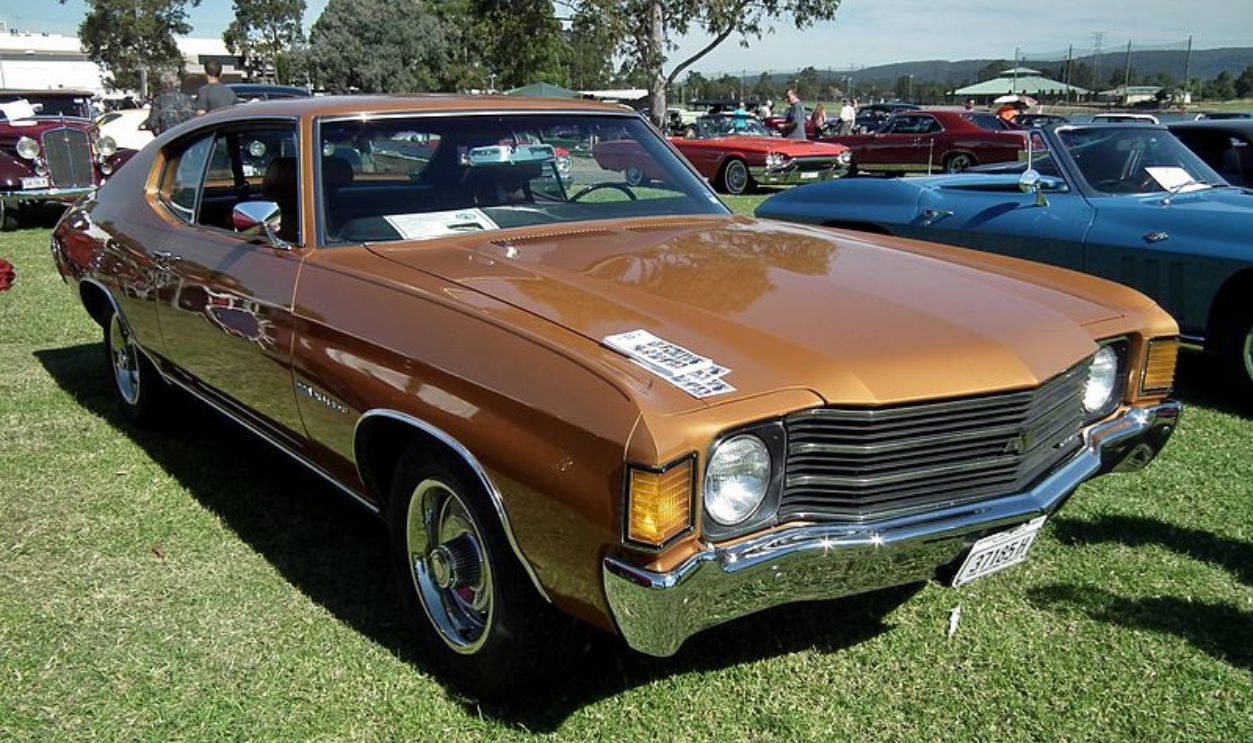 sv1ambo, CC BY 2.0, Wikimedia Commons
sv1ambo, CC BY 2.0, Wikimedia Commons
Reliability Rating
Research the reliability of the 1972 Chevelle and take note of complaints from owners and analysts. Avoid models and years prone to electrical issues, engine failures, or transmission troubles. Understanding the car's reliability will prepare you to handle all possible challenges.
Recall History
Go through the car's recall history to find out if there are any challenges. Manufacturers withdraw their products from the market to address reliability and safety issues. So, check whether any recalls have been addressed. Also, find out whether a certified mechanic has completed the necessary repairs.
Appraisal And Insurance
Before purchasing a 1972 Chevelle, consider having the car appraised by a professional specializing in classic cars. Their appraisal will provide an unbiased assessment of the car's value, factoring in its condition, originality, and market demand. You will need proper insurance coverage to protect your investment.

